About Nick Warren ///
To this day, Warren remains at the forefront of club culture: he packs clubs and arenas worldwide from London to Buenos Aires to Burning Man, transfixing dancefloors with his distinctively forward blend of credible progressive sounds, deeper tunes, atmospheric layers and any other grooves Warren deems appropriate for his turntable. Nick Warren became one of the first so-called “superstar DJs” in the mid-to-late ’90s, holding down a high-profile residency at Cream in England, touring around the world, and appearing on several DJ mix albums before they became commonplace.
Through a combination of providing acclaimed mixes for Mixmag, DMC, and the Global Underground series, and releasing a string of club-smashing solo singles, Warren found himself catapulted into the electronic big leagues; and, by continuing to release acclaimed albums, singles, and remixes with his Way Out West partner-in-crime, Jody Wisternoff, Nick has firmly established himself as a truly multi-faceted producer of top-quality dance music.
Now, as the A&R of Bristol-based Hope Recordings, he spends his time seeking to hone and promote the next generation of club- smashing DJ and production talent; and, through the expansion of his label The Soundgarden into a globe-straddling international events and entertainment brand, set in stone his already firmly-established reputation as a giant of electronic, techno, and house music.
About Satoshi Fumi ///
Tokyo-born Satoshi Fumi is influenced by the 90’s Detroit,Chicago and New York house/Techno scene, and has his own unique style by providing the world with a variety of dance music styles such as Deep House, Techno, and Acid.
Satoshi has released many tracks in labels such as Bedrock, Sudbeat, Get Physical, Mood Music, We Play House Recordings, Detone, Motech, King Street Sounds, UNKNOWN and so on. In addition, Satoshi runs his own label ‘Sequent:Recordings’ and has a monthly radio program titled ‘Outerspace’ on Proton Radio.
About Nicolás Rada ///
If a new generation of self-identity artists is emerging within the electronic music scene, there is where we will certainly find the Argentinian Nicolás Rada, a DJ and producer who has created his own firmly-based path onwards success. Early influences of Progressive Rock ed him to create a characteristic sound, heard across the many labels he has worked with such as The Soundgarden, Sudbeat, Balance, Get Physical, Chapter24, Sincopat, DAYS Like NIGHTS, Hoomidaas, Proton, among many others.
From his first steps into electronic music, Nicolás’ productions has received support from important referents as Nick Warren, Hernán Cattaneo, John Digweed, Danny Howells, Sander Kleinenberg, Guy Mantzur, Guy J, Patrice Baumel, Eelke Kleijn, Armen Miran and from many others. The legendary Nick Warren proposed some collaborations together, leading to a personal and professional relationship with releases “Land of Dreams”, an EP edited by Nick’s label, The Soundgarden. Nicolás’ eclectic style and his distinctive, but also versatile sound, ets him dive into different genres without being tied to just one unique style.
/// Stream ‘Prayer’ HERE
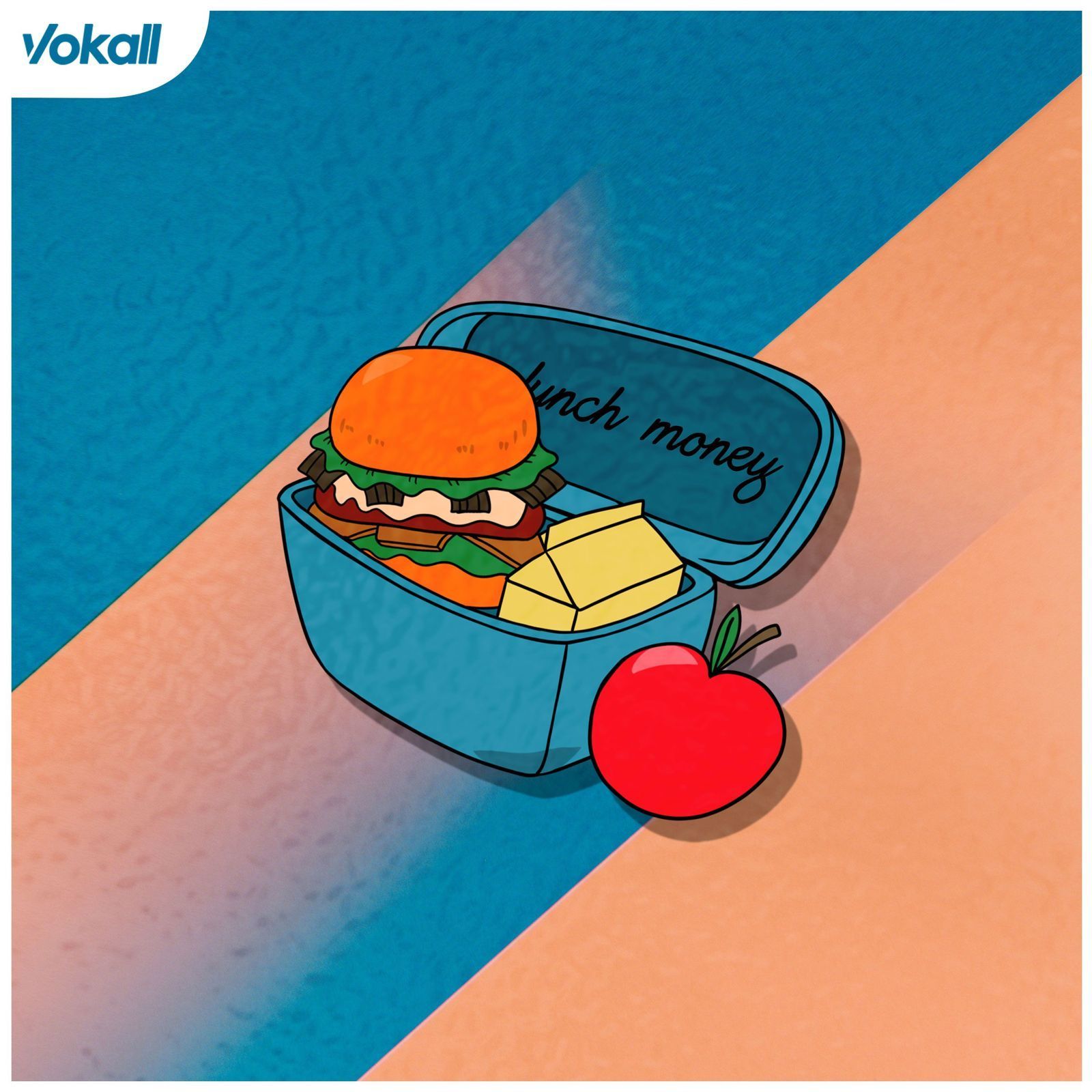

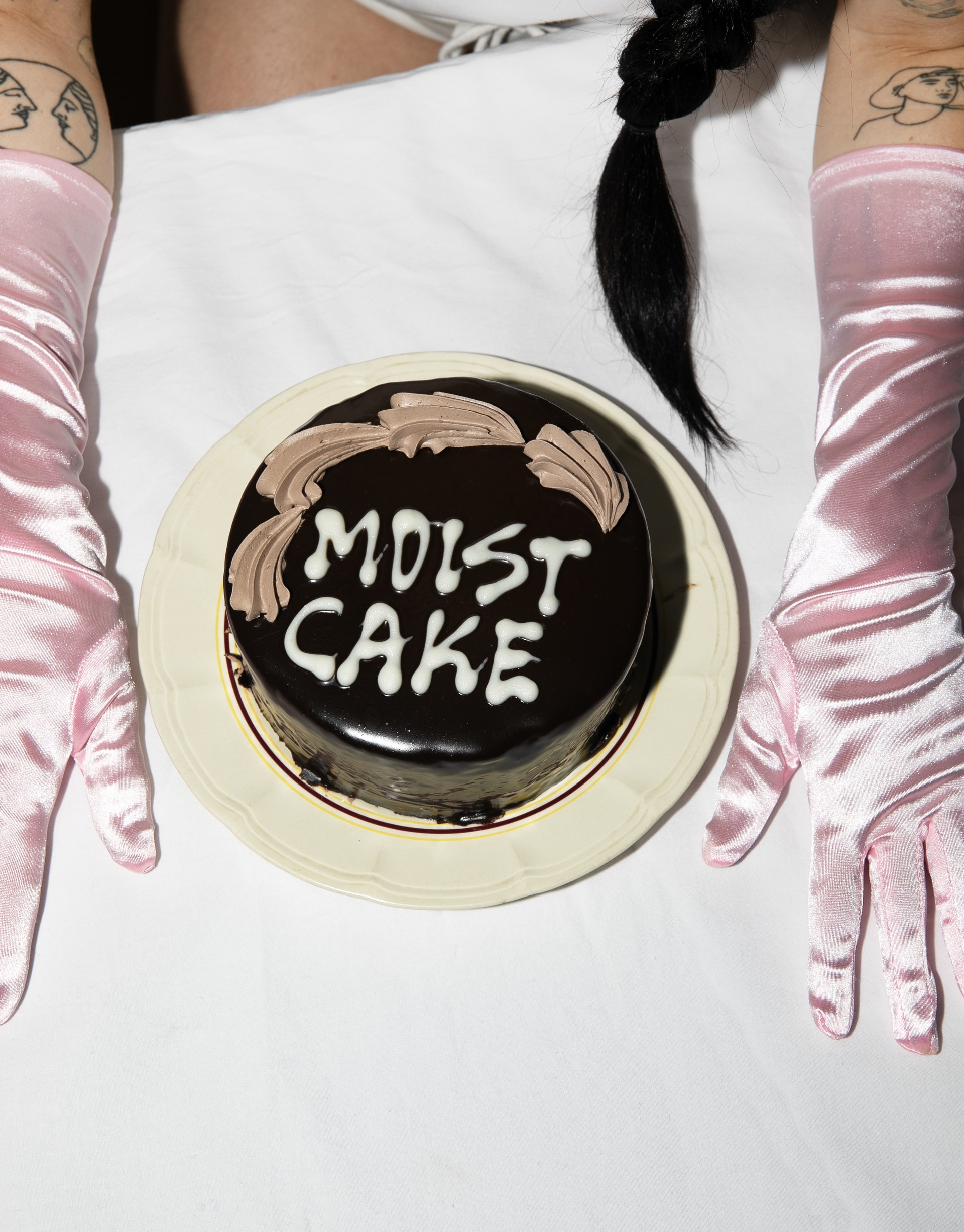
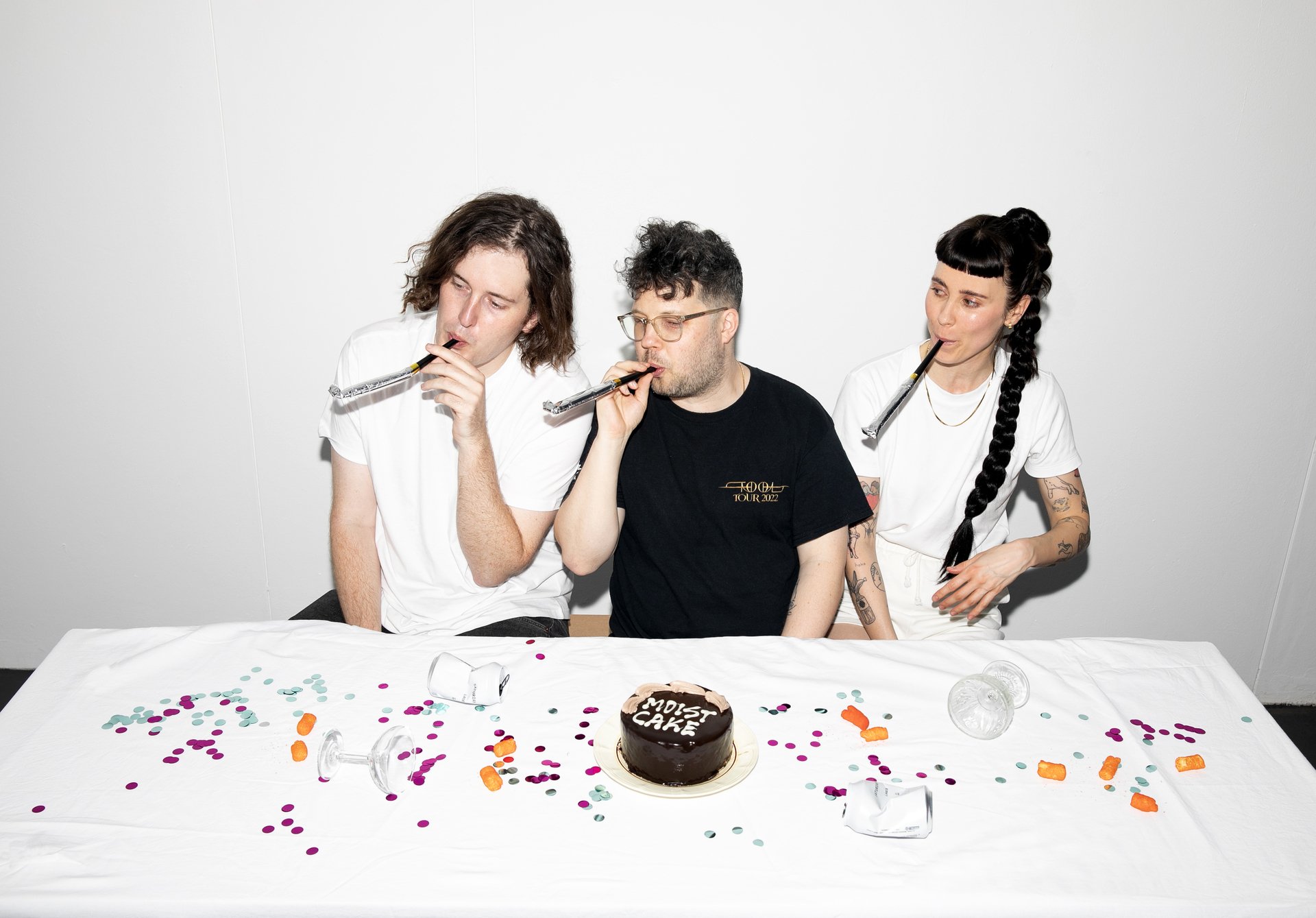




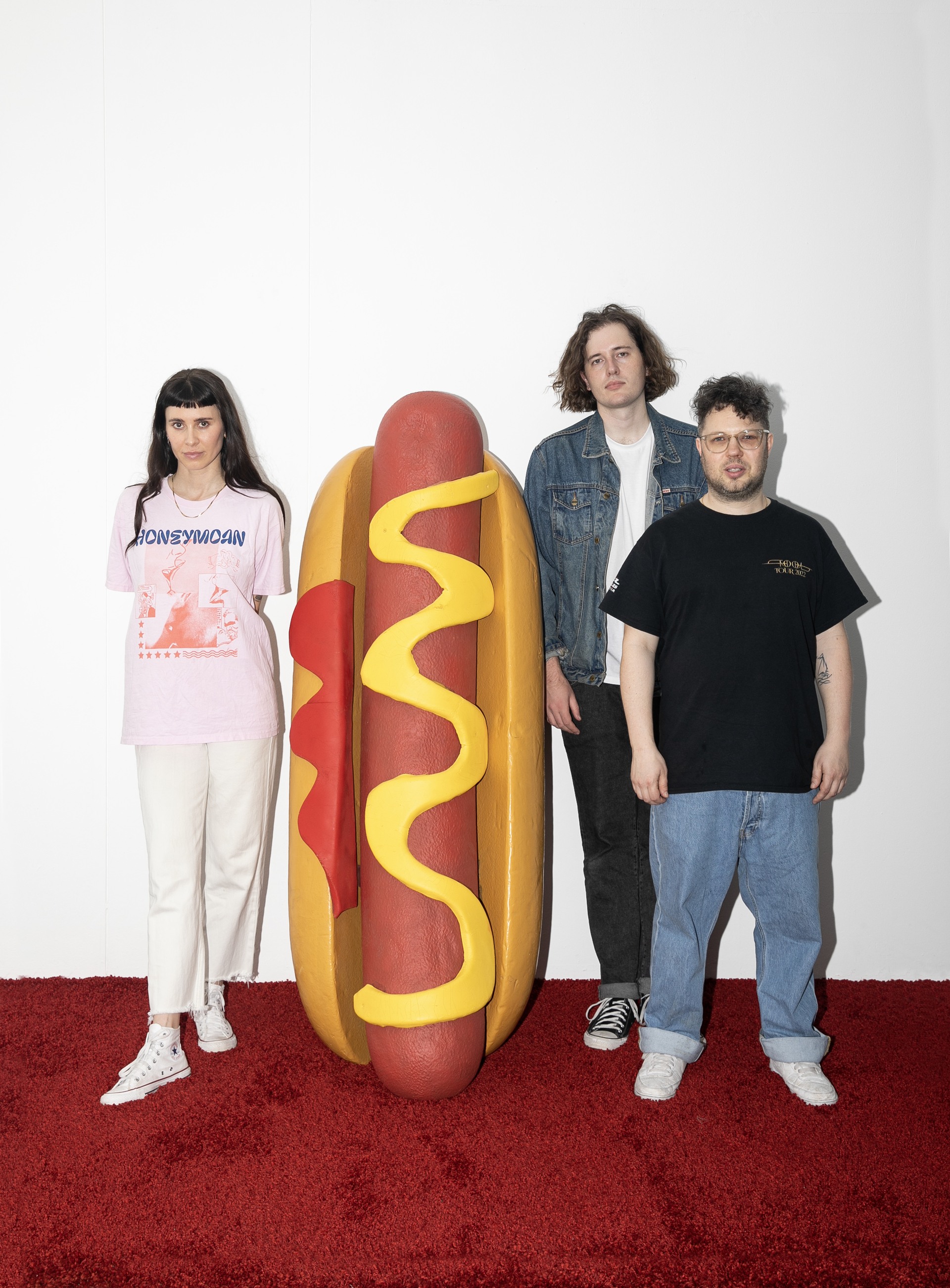
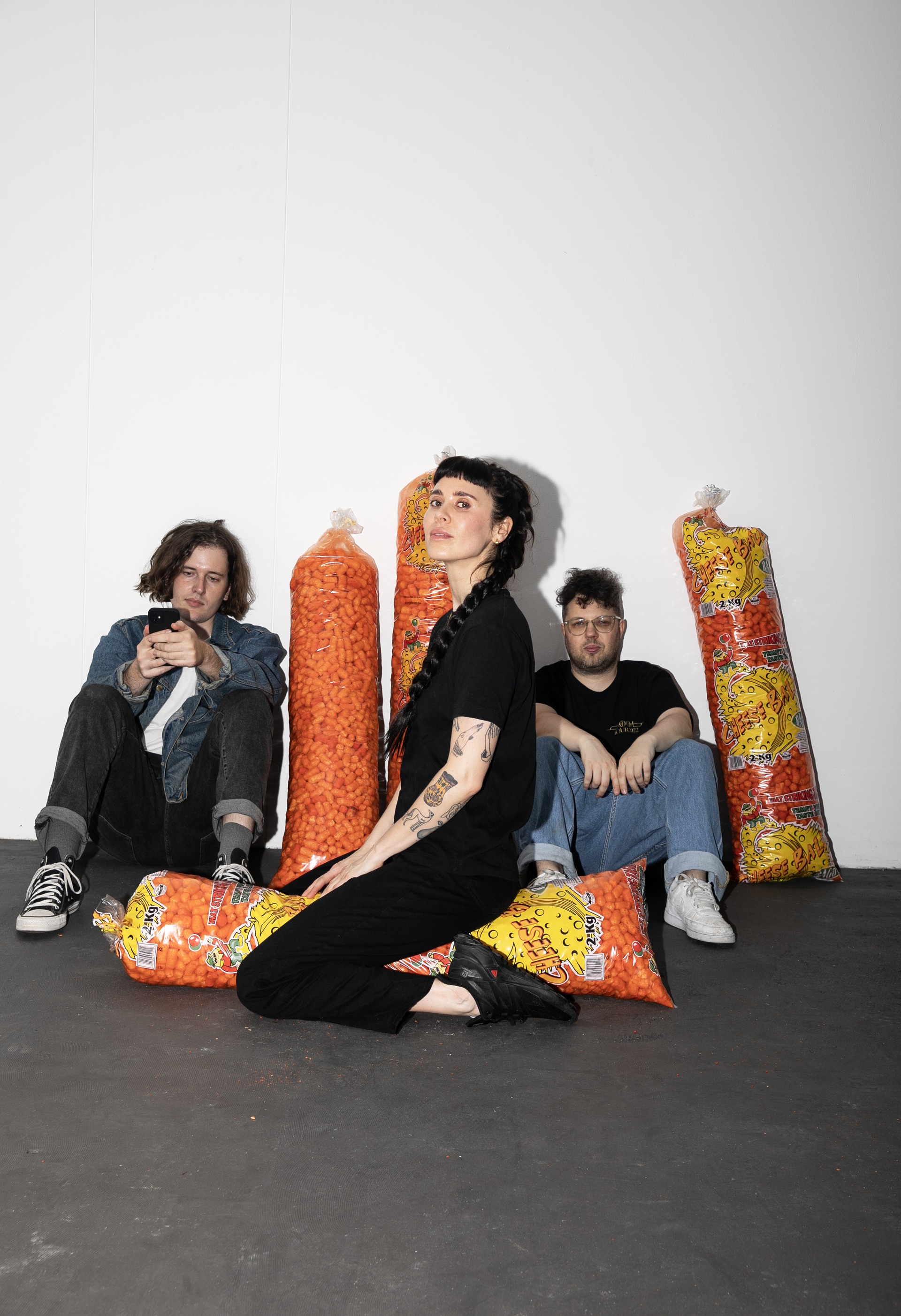
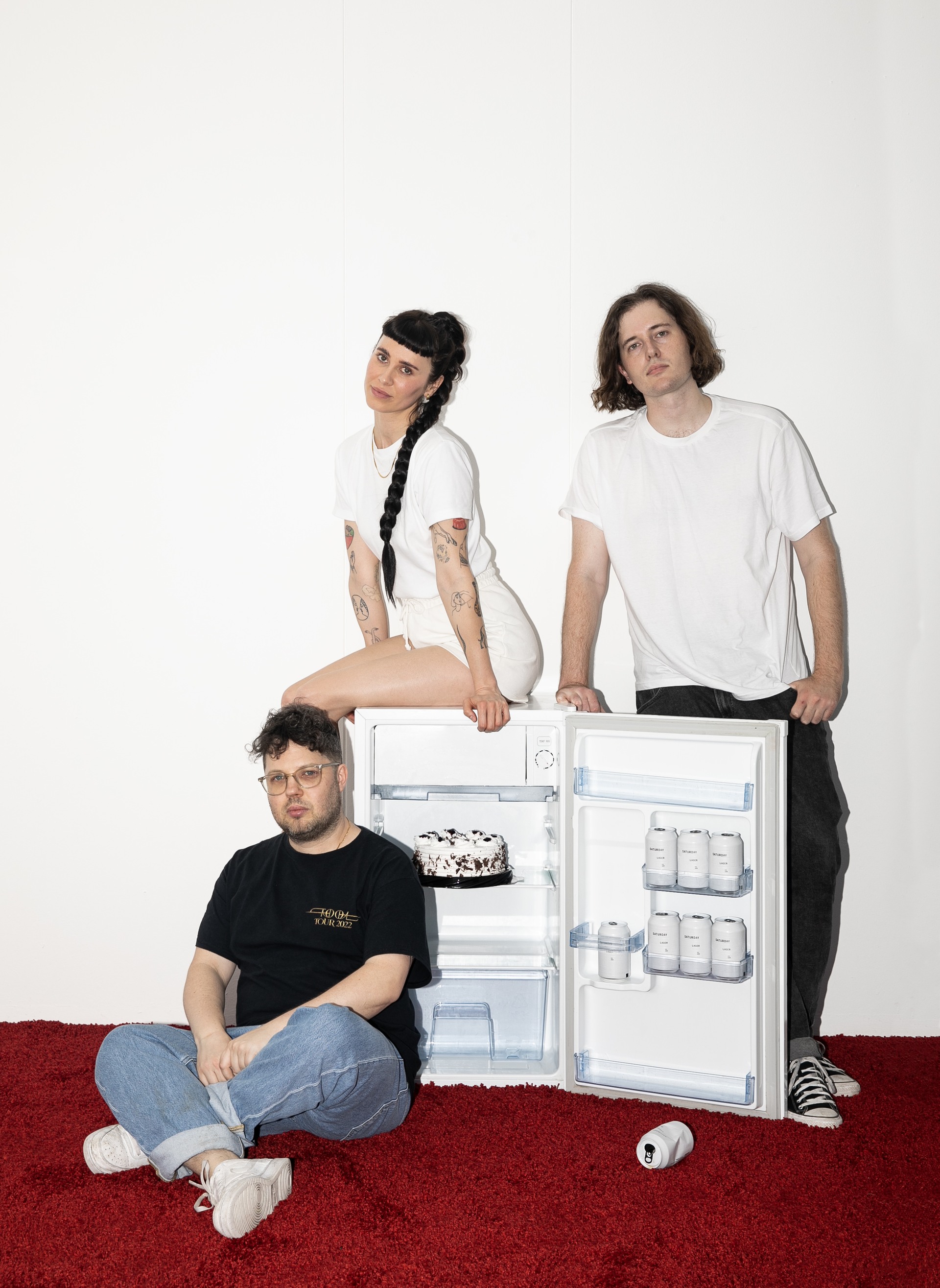
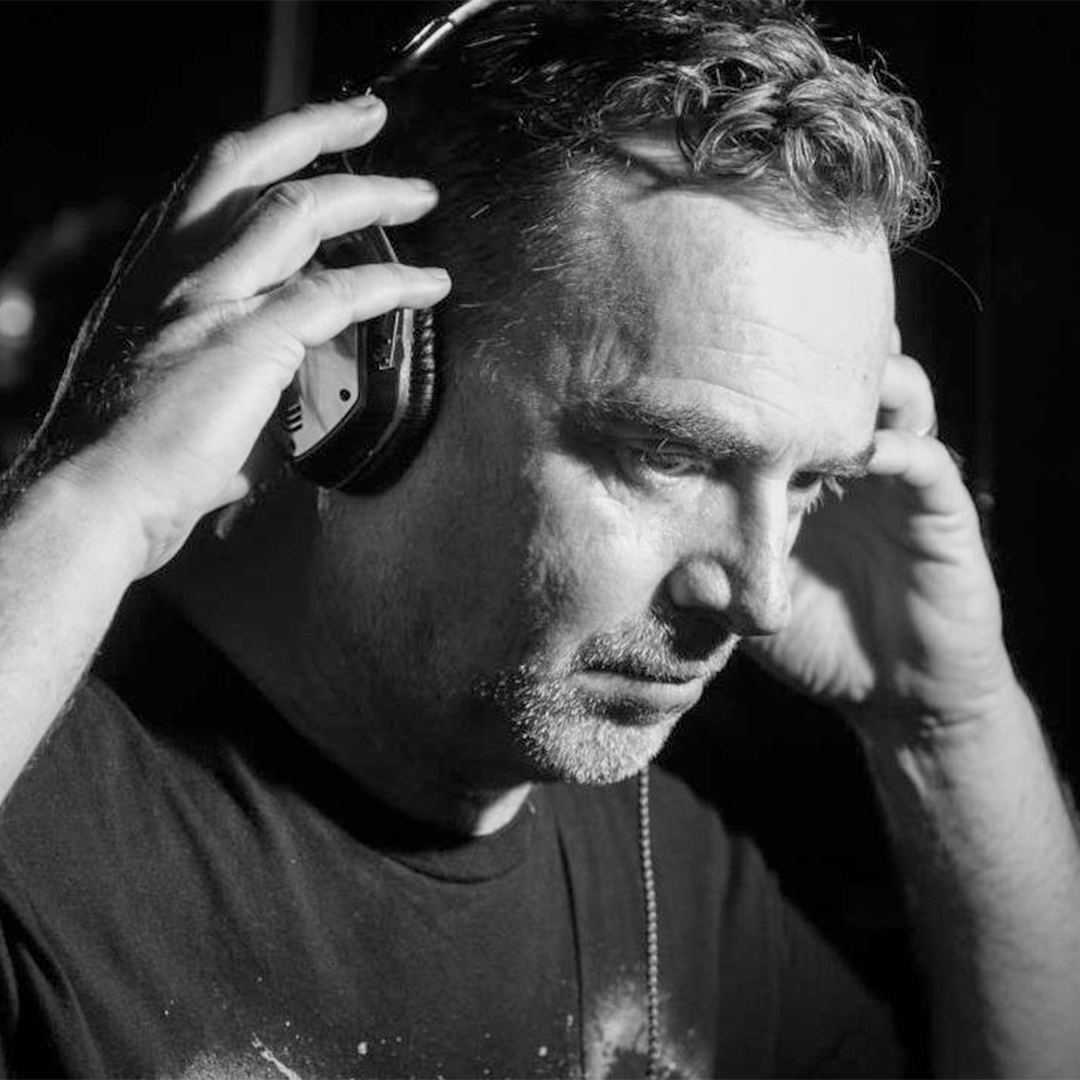
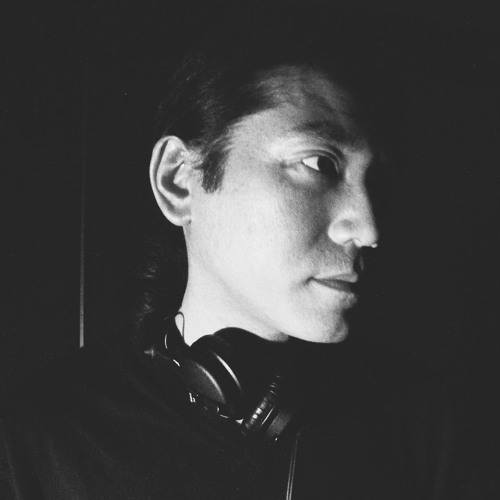

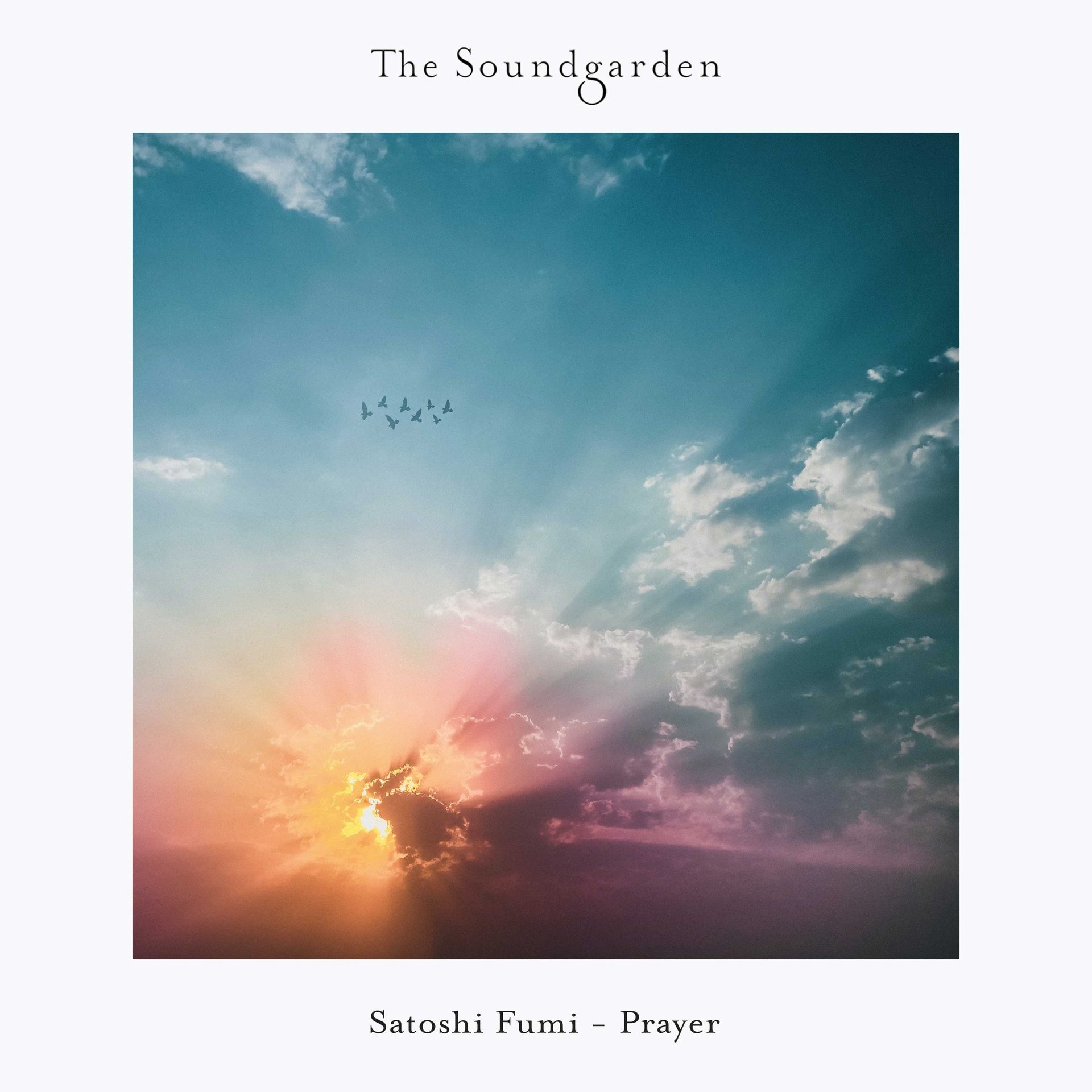

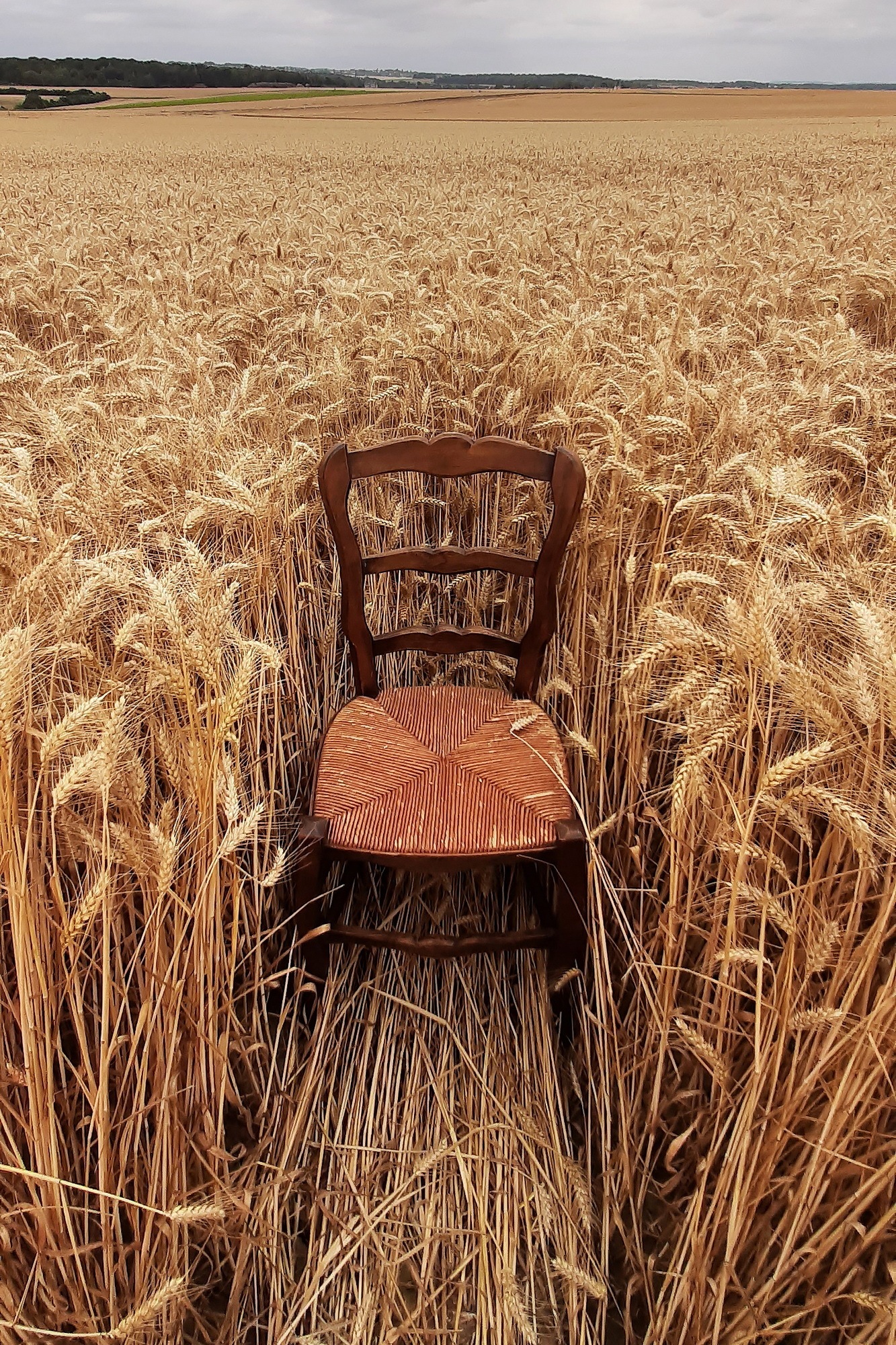

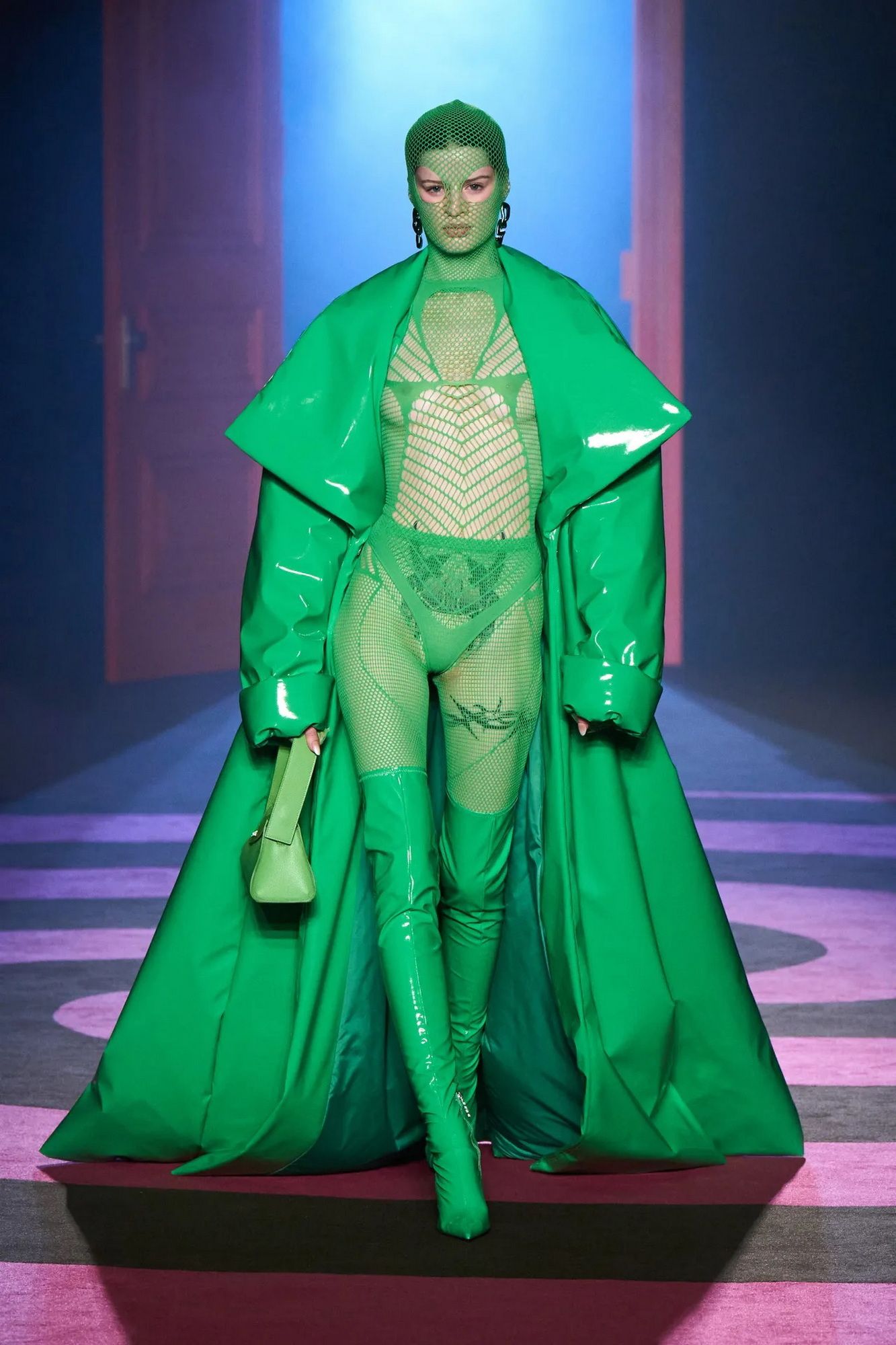




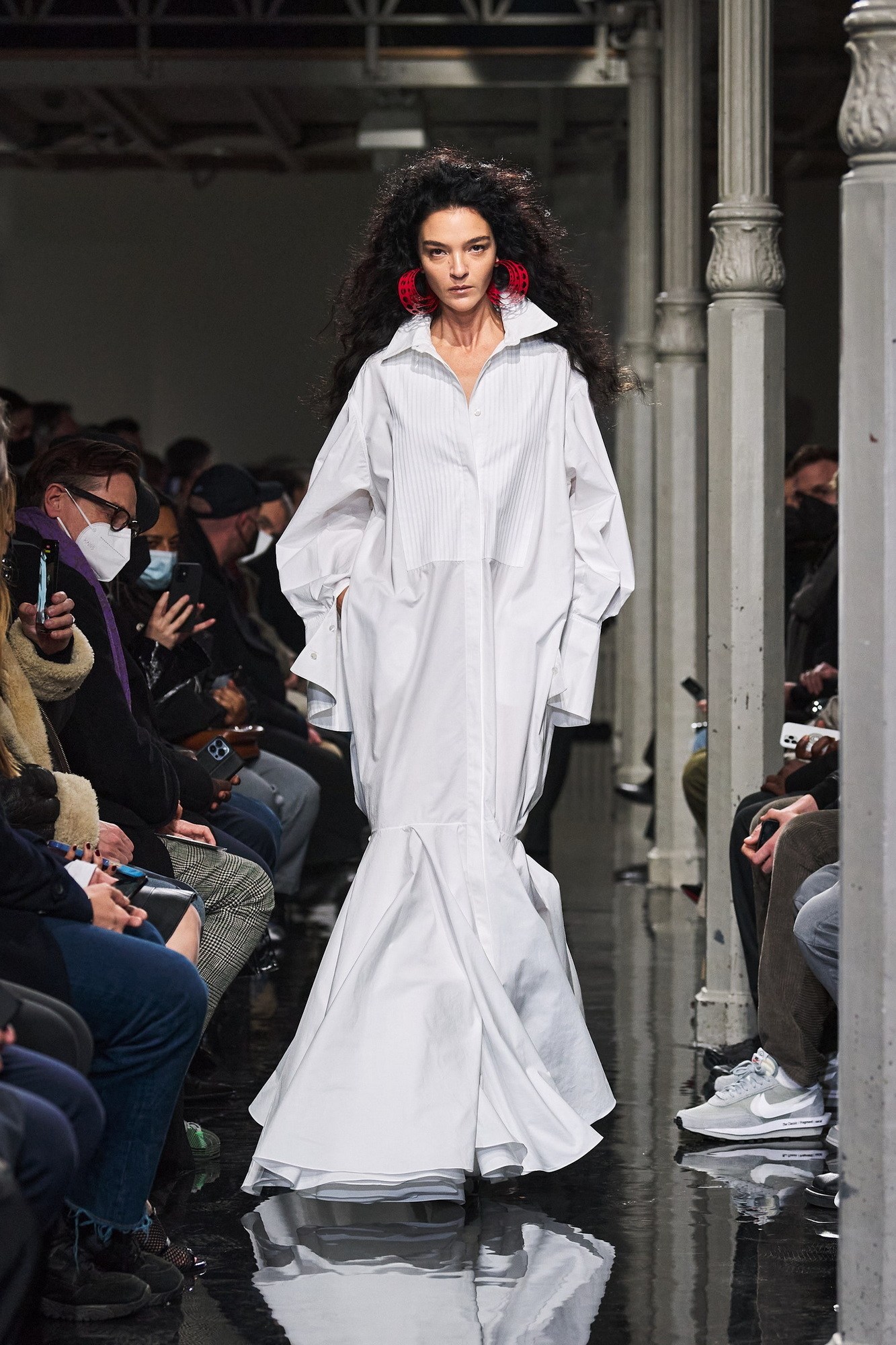
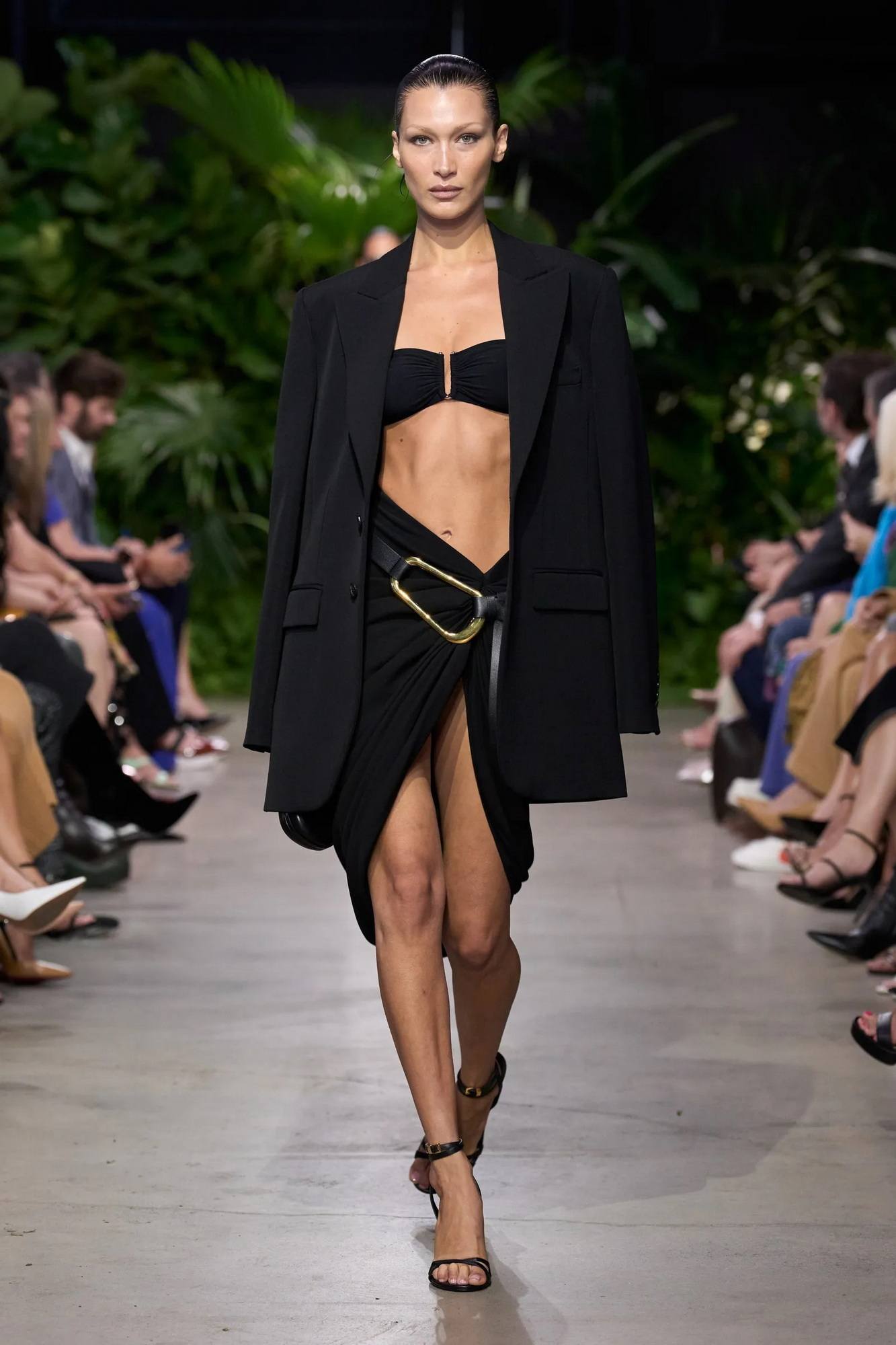

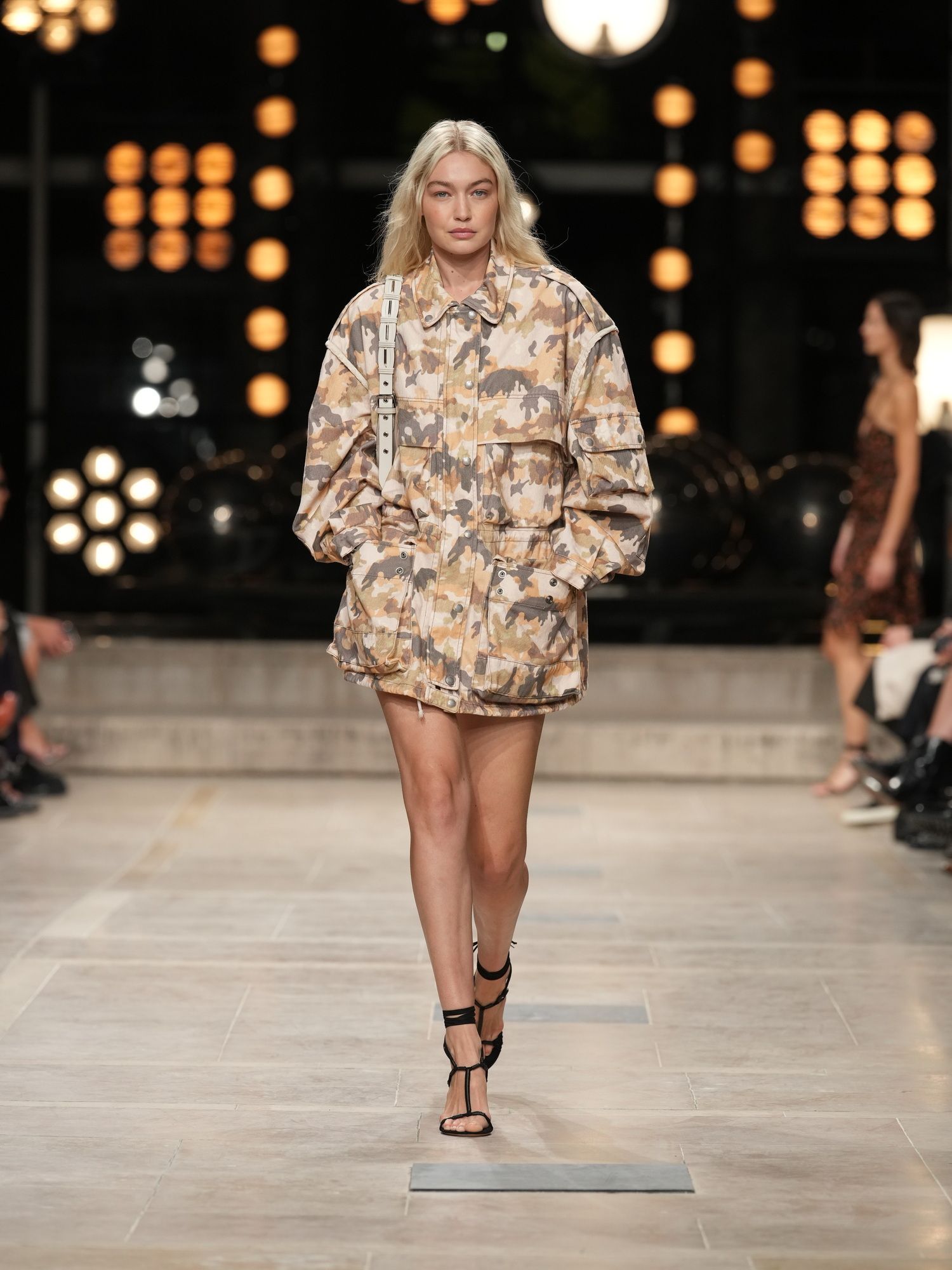

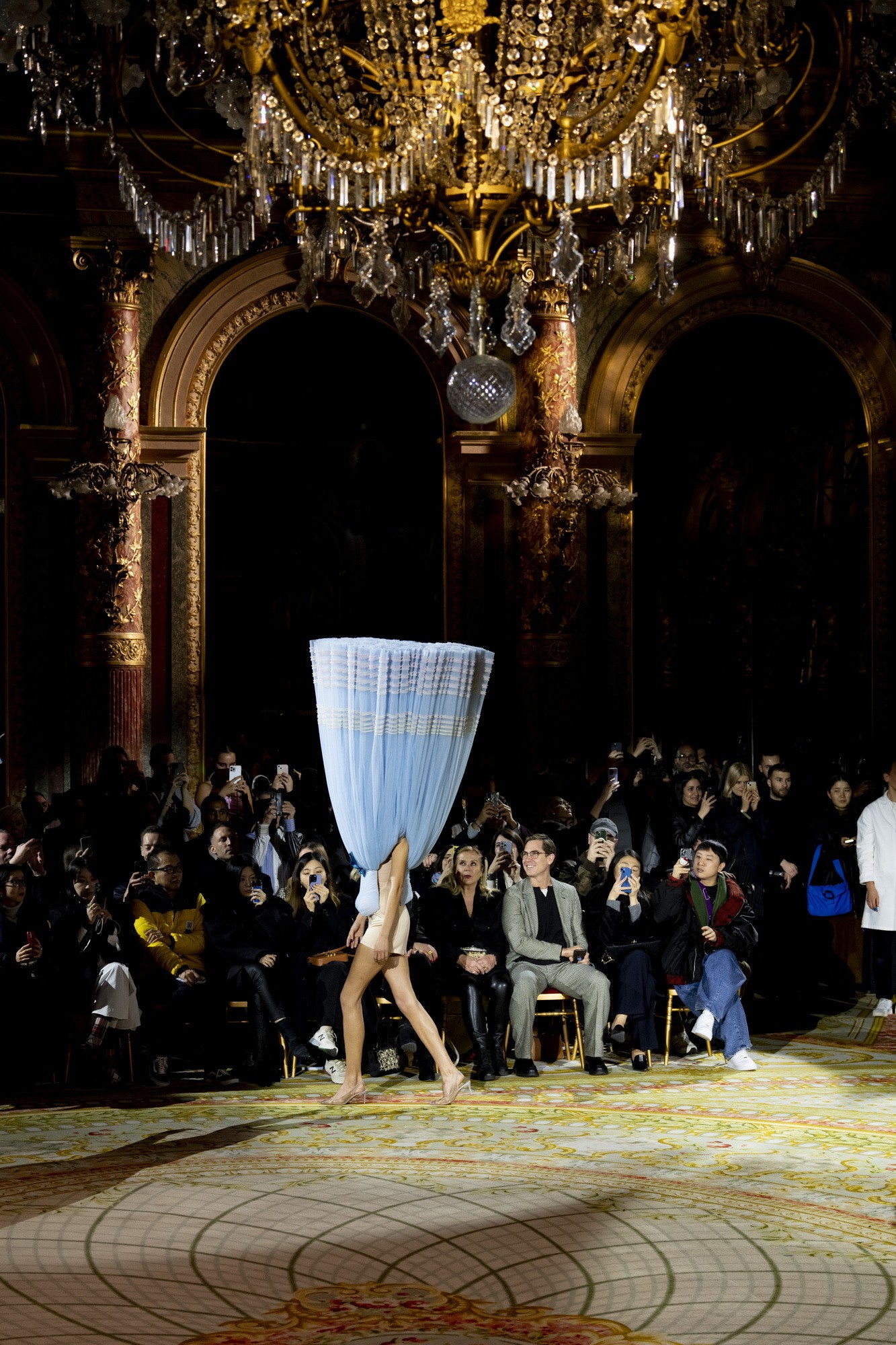
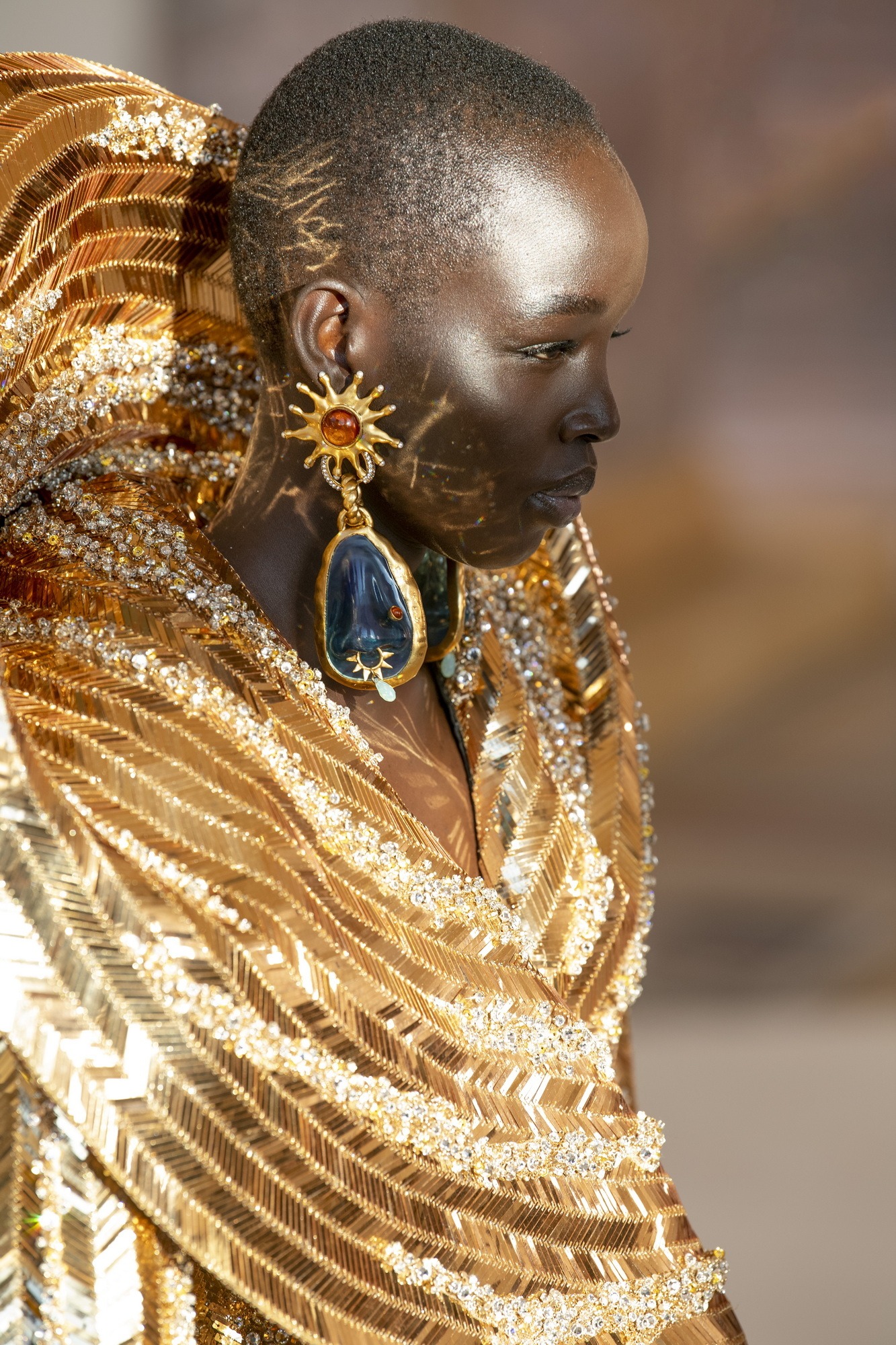


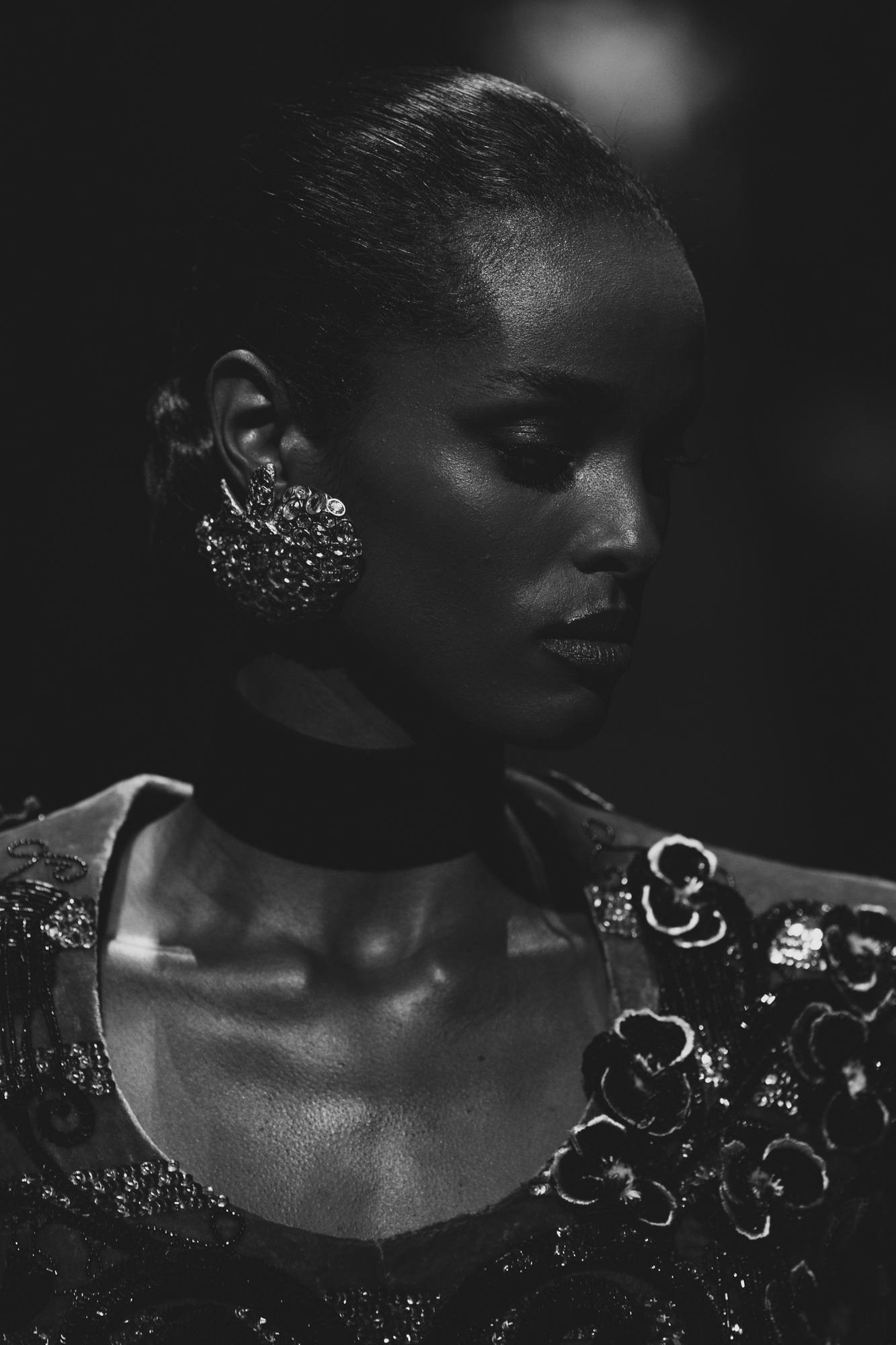
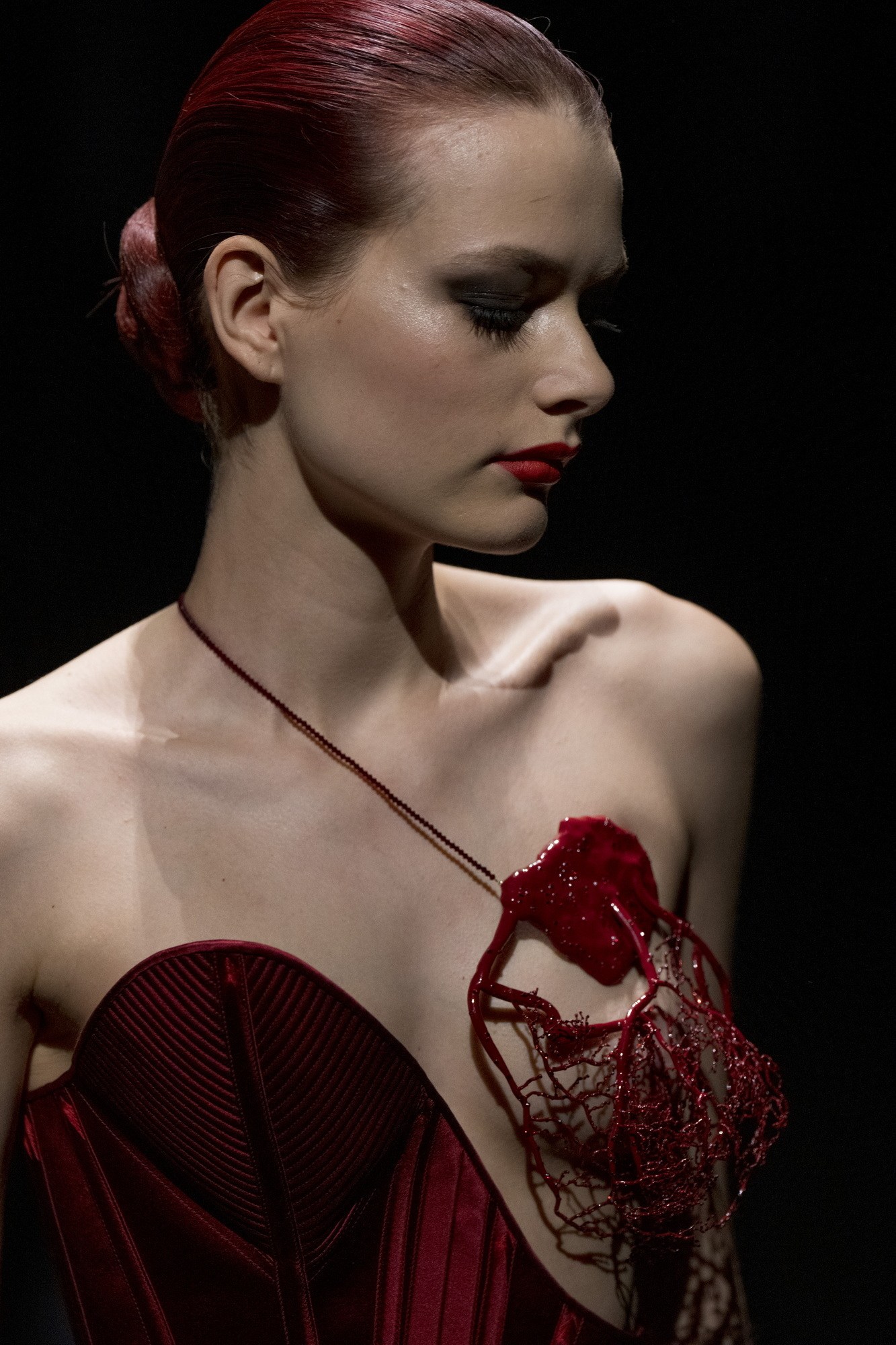
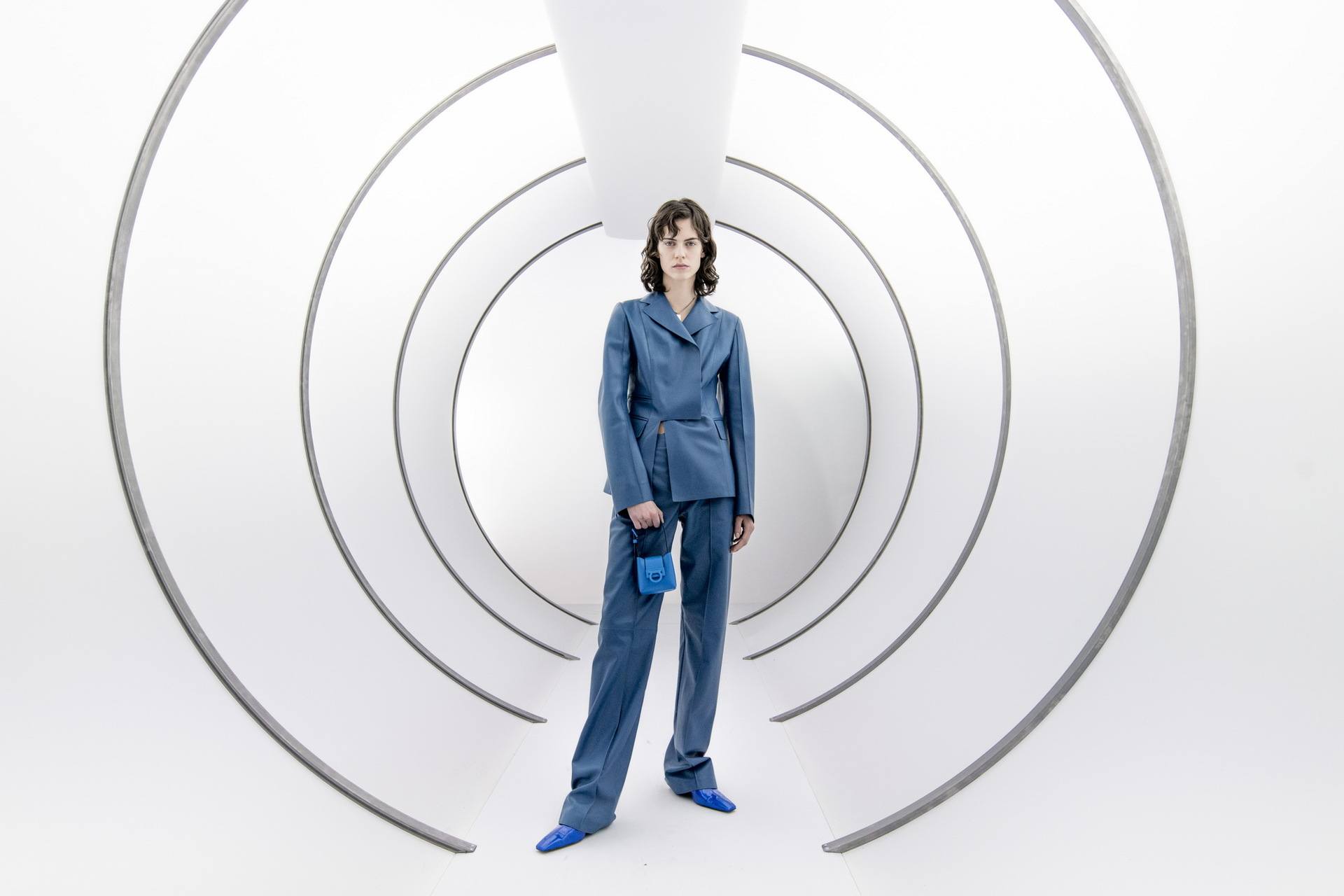

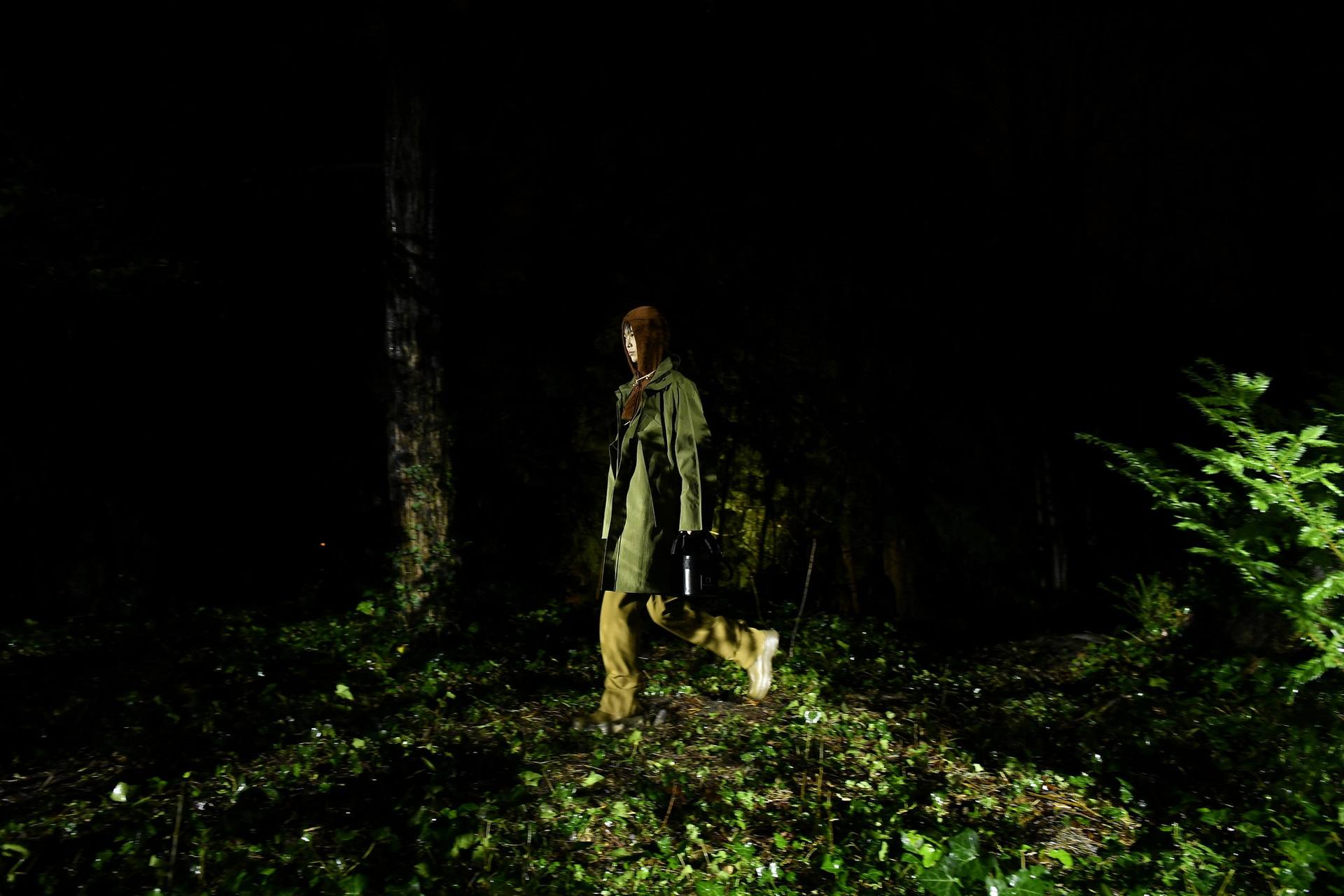

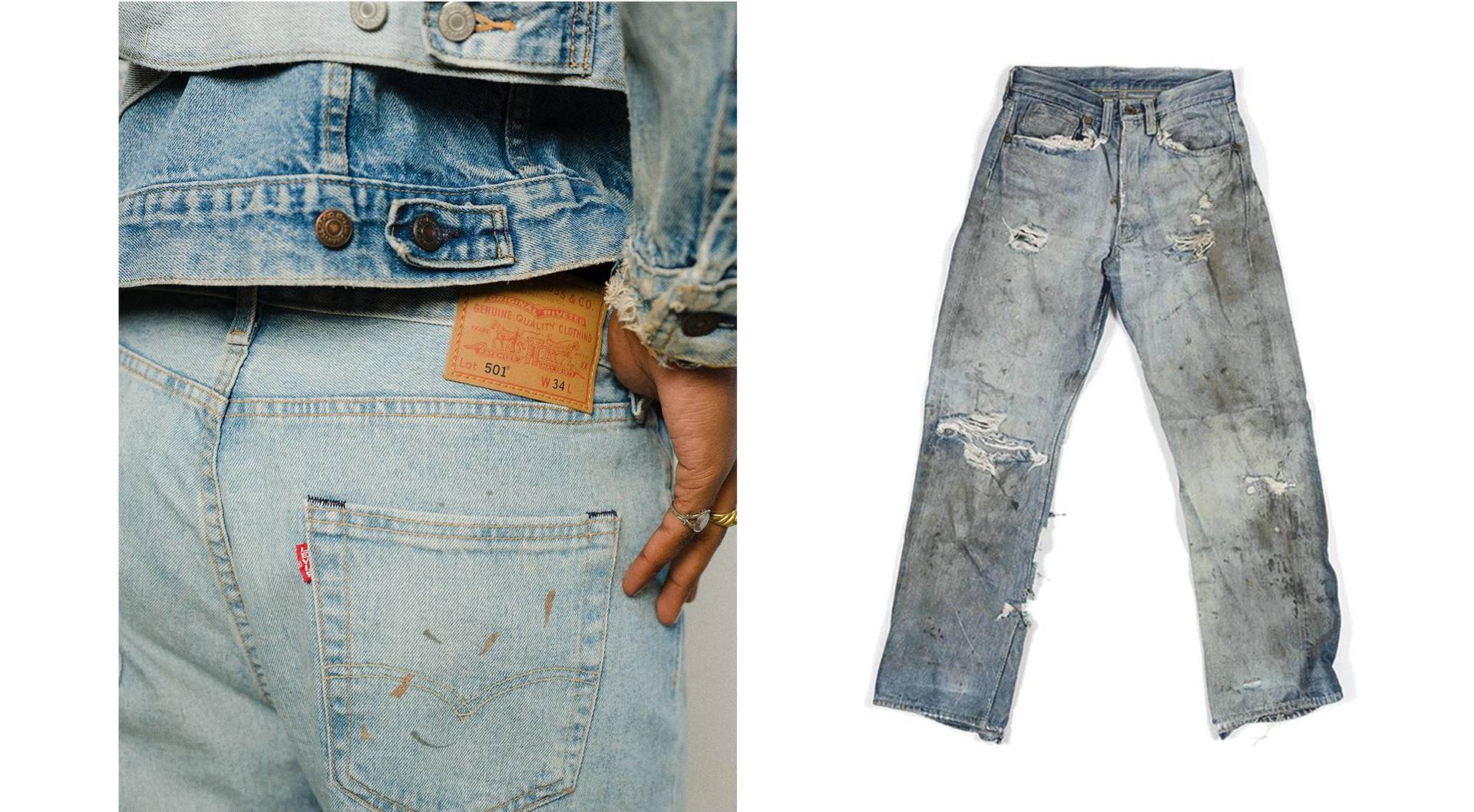
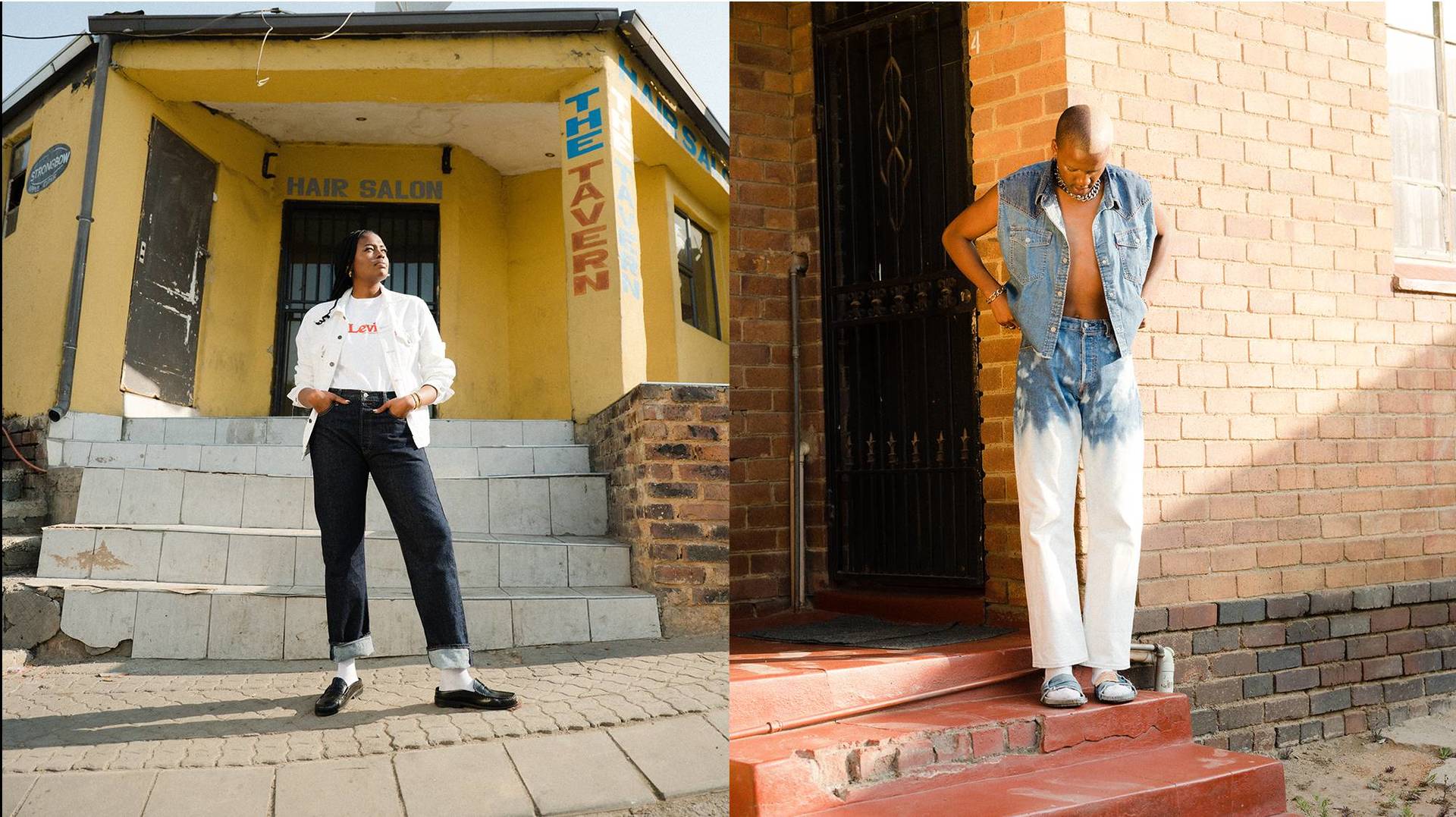
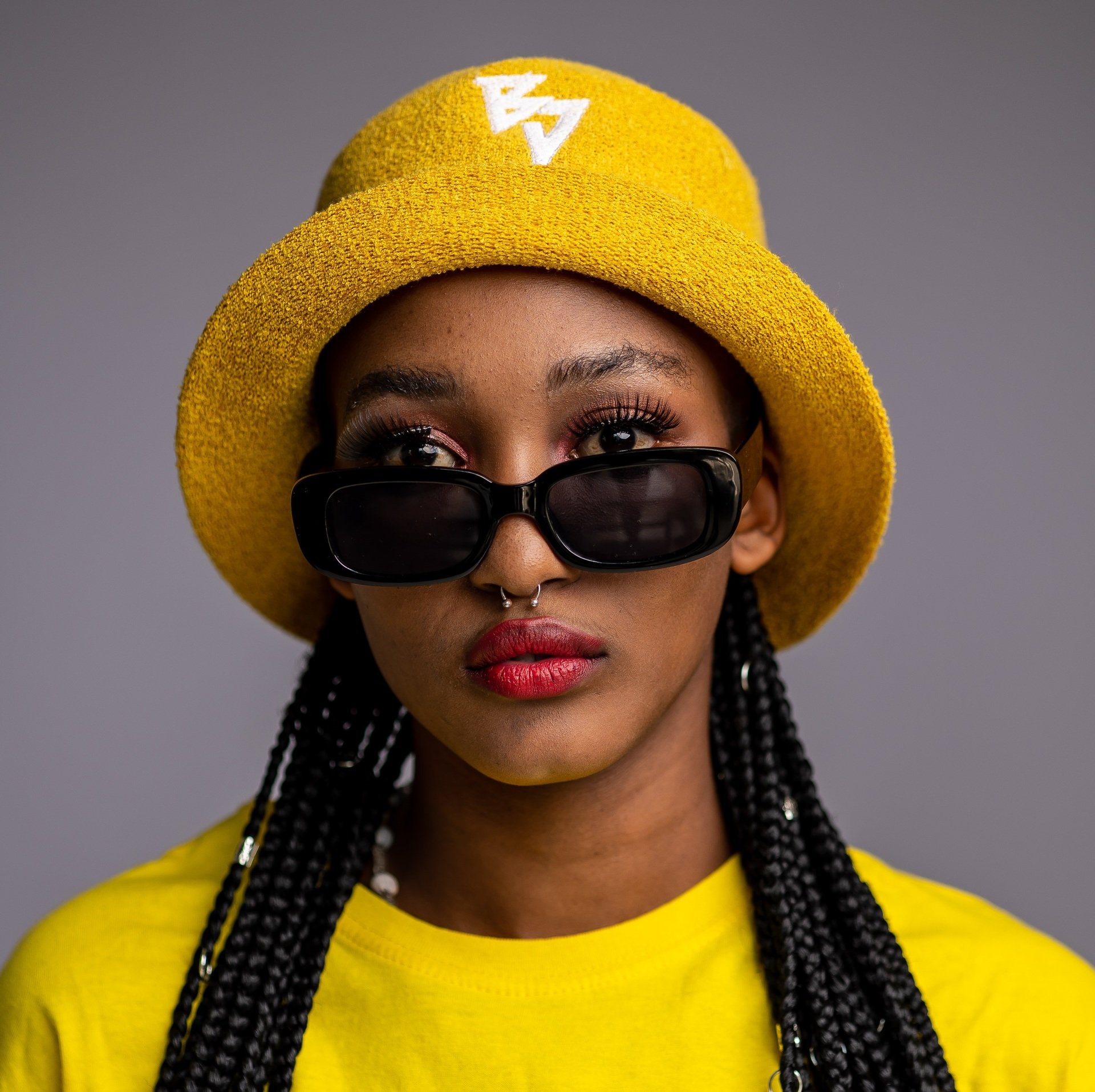
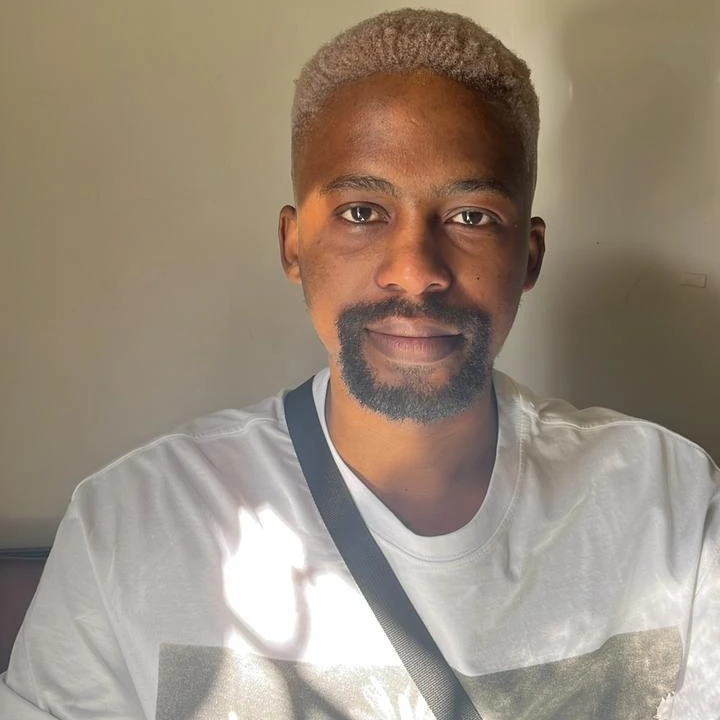
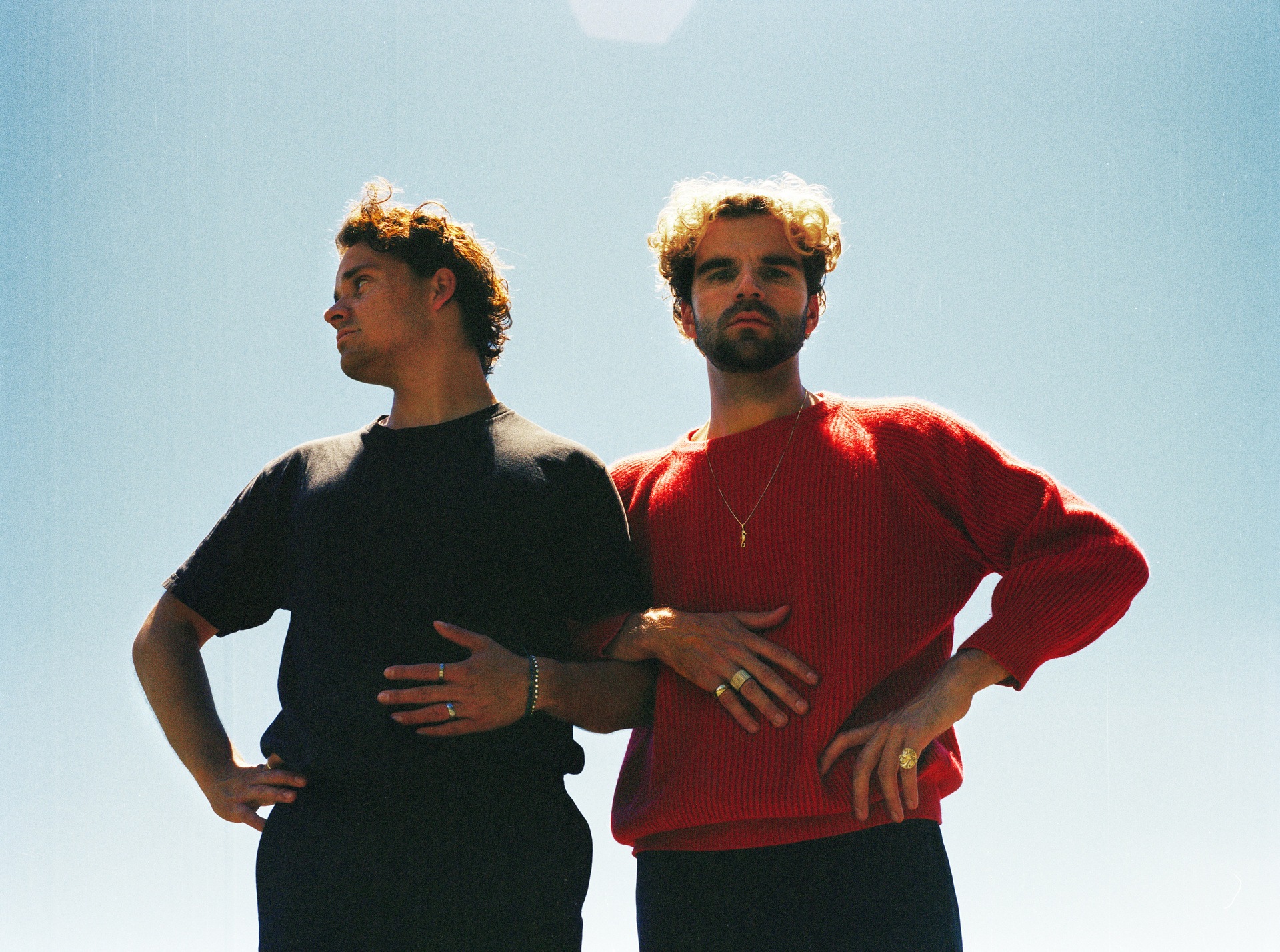
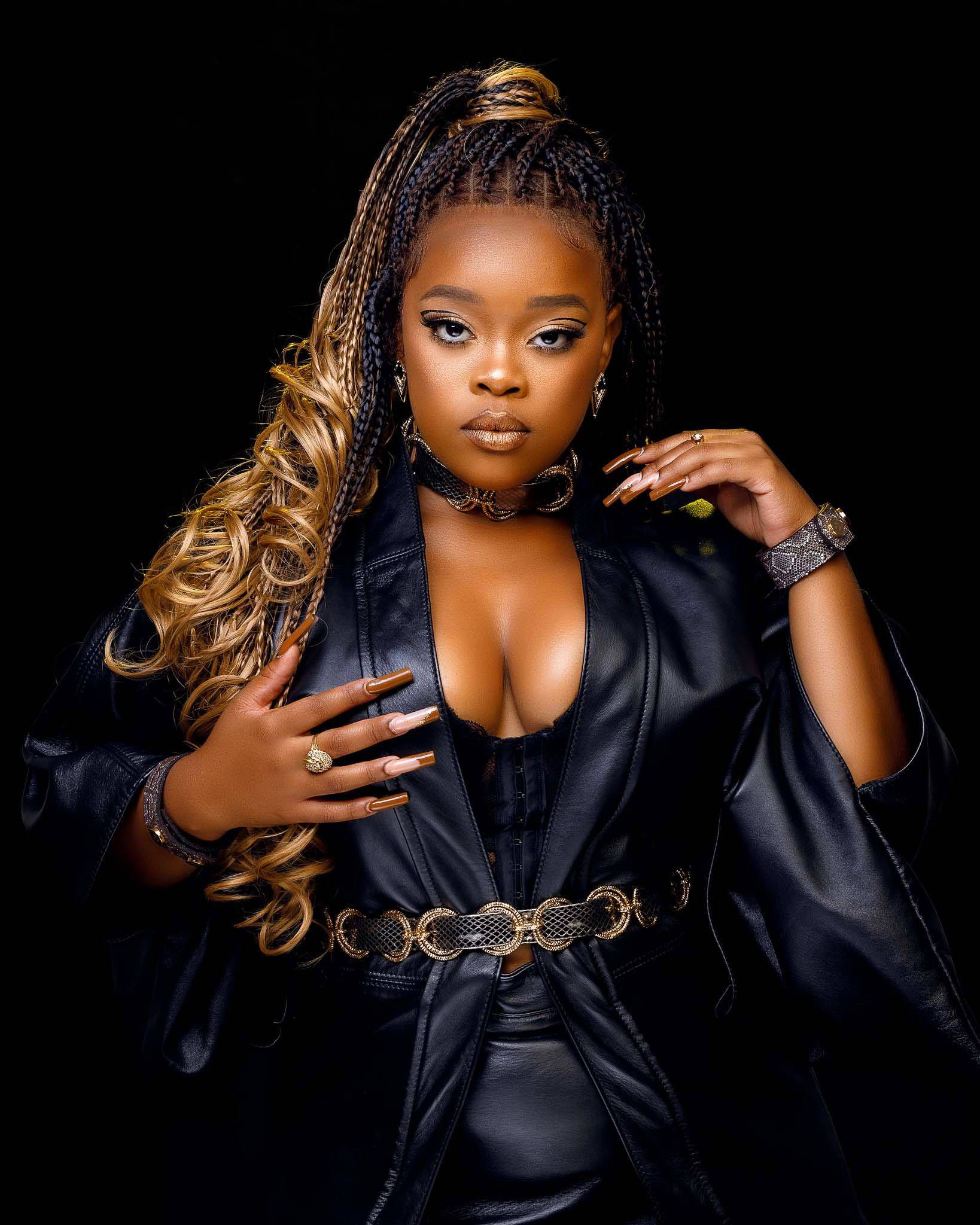
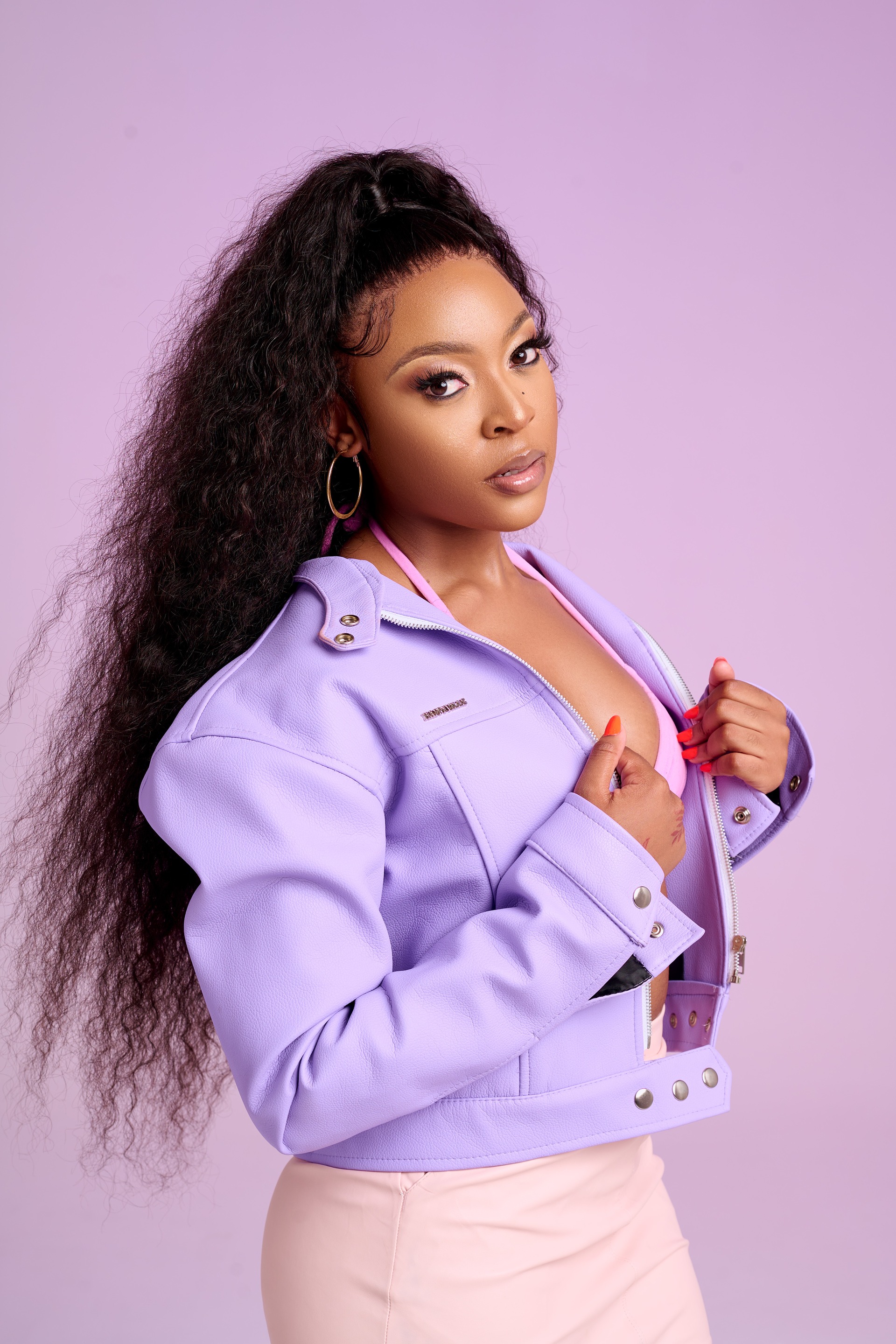

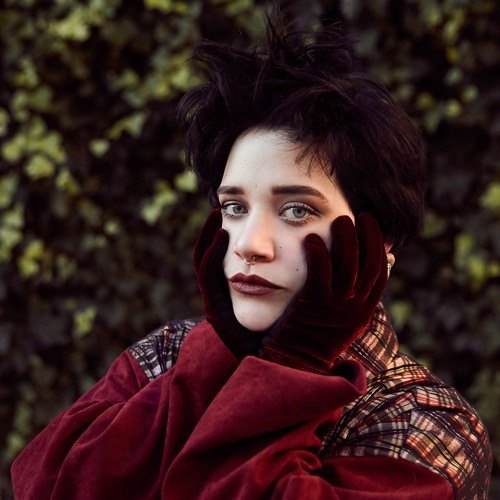
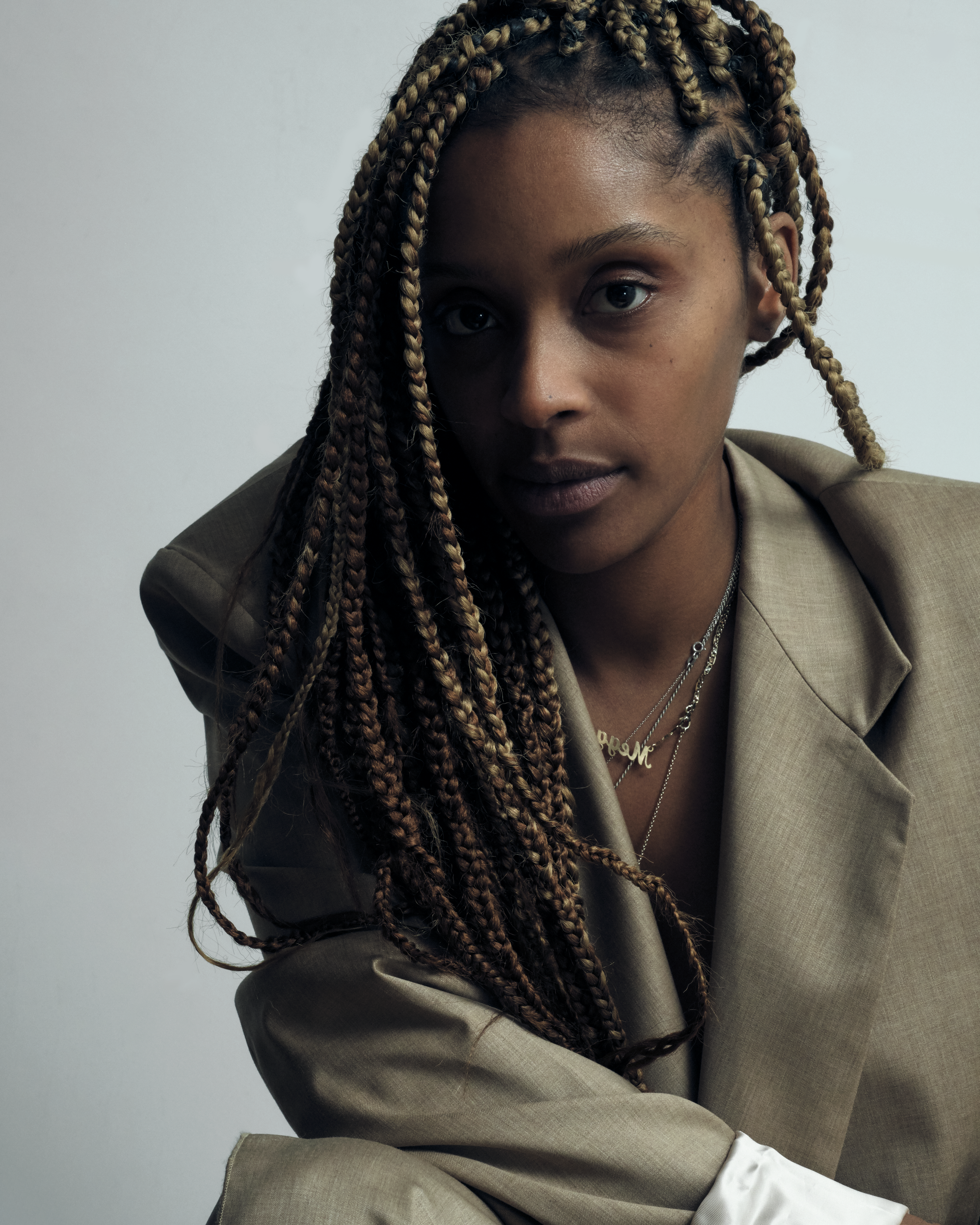
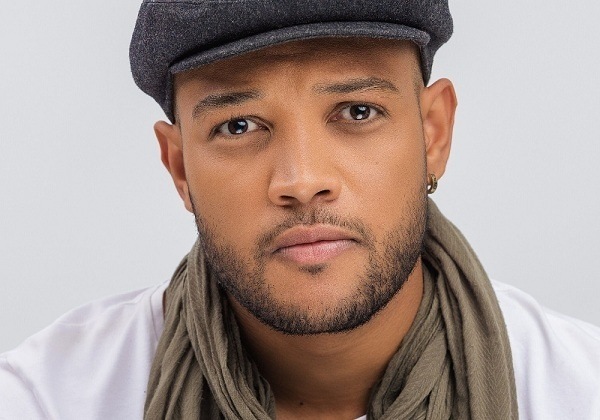
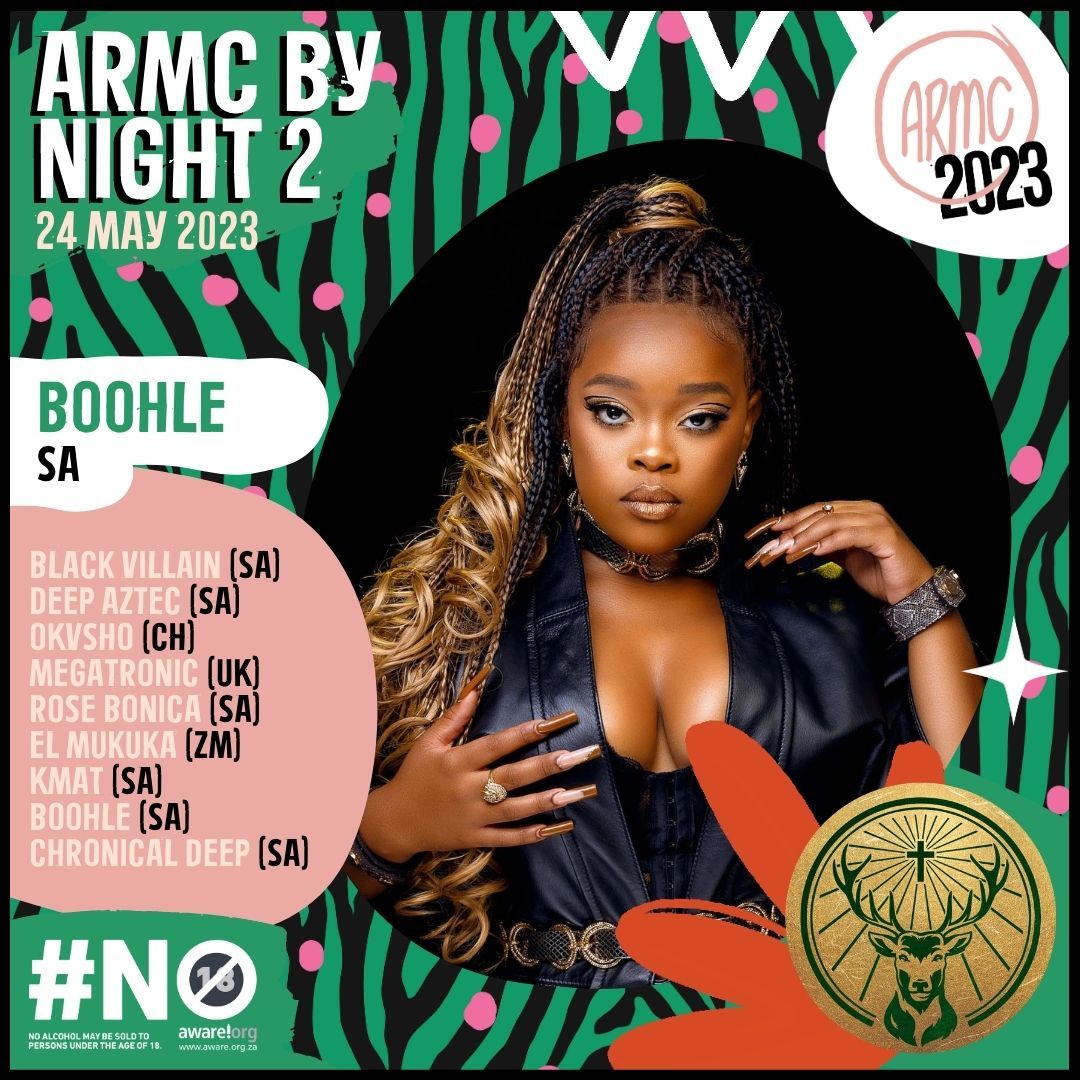
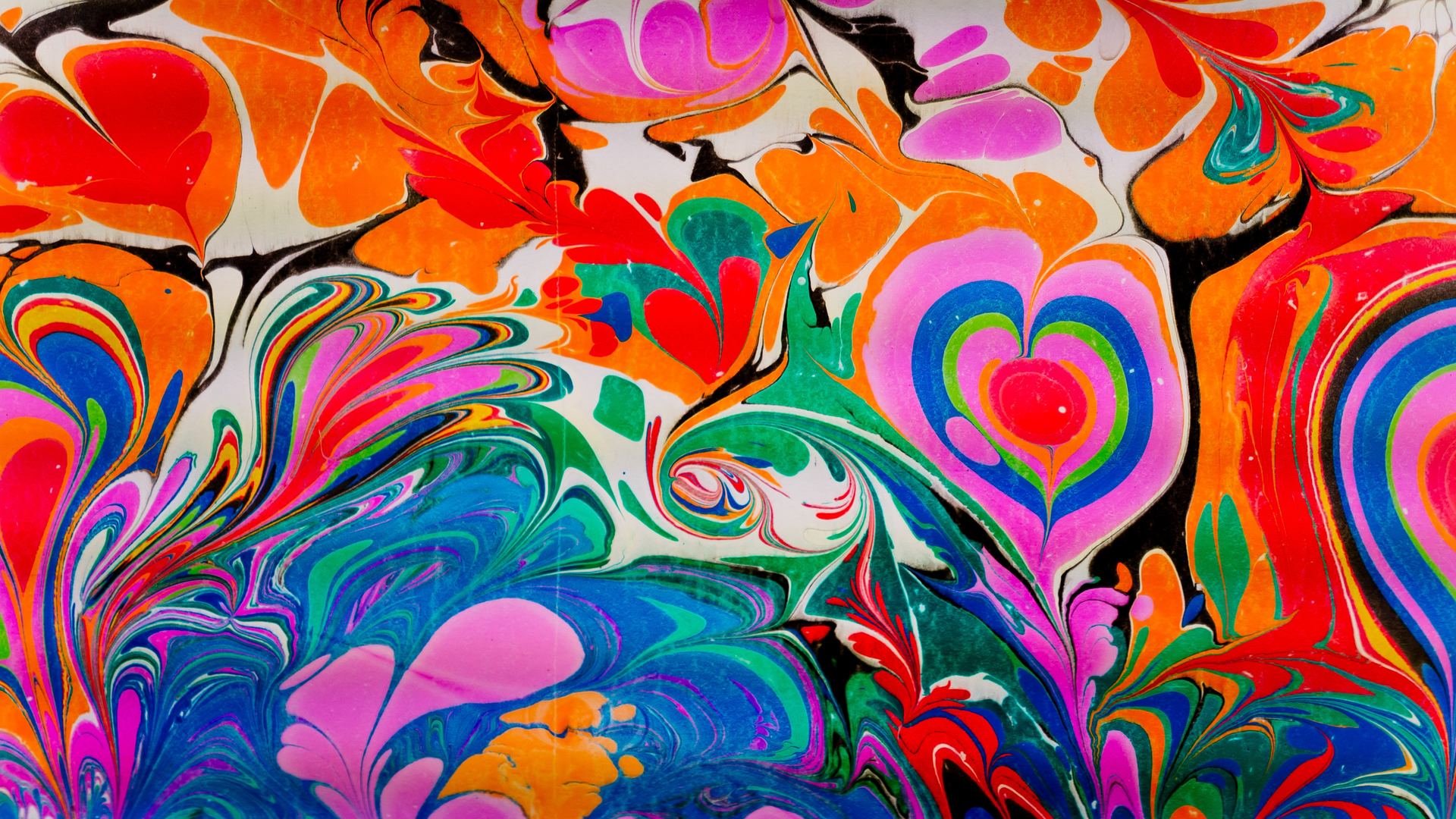




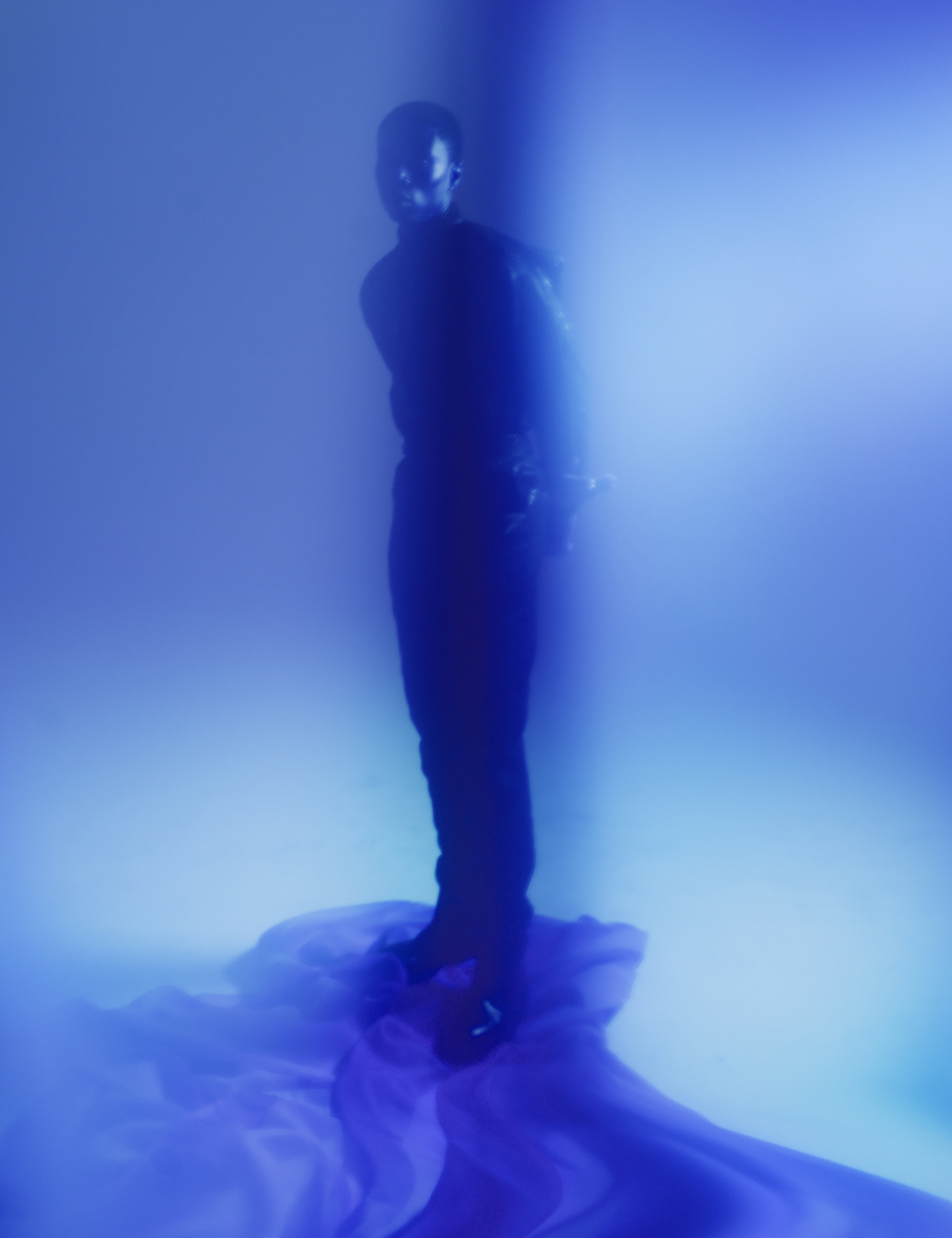
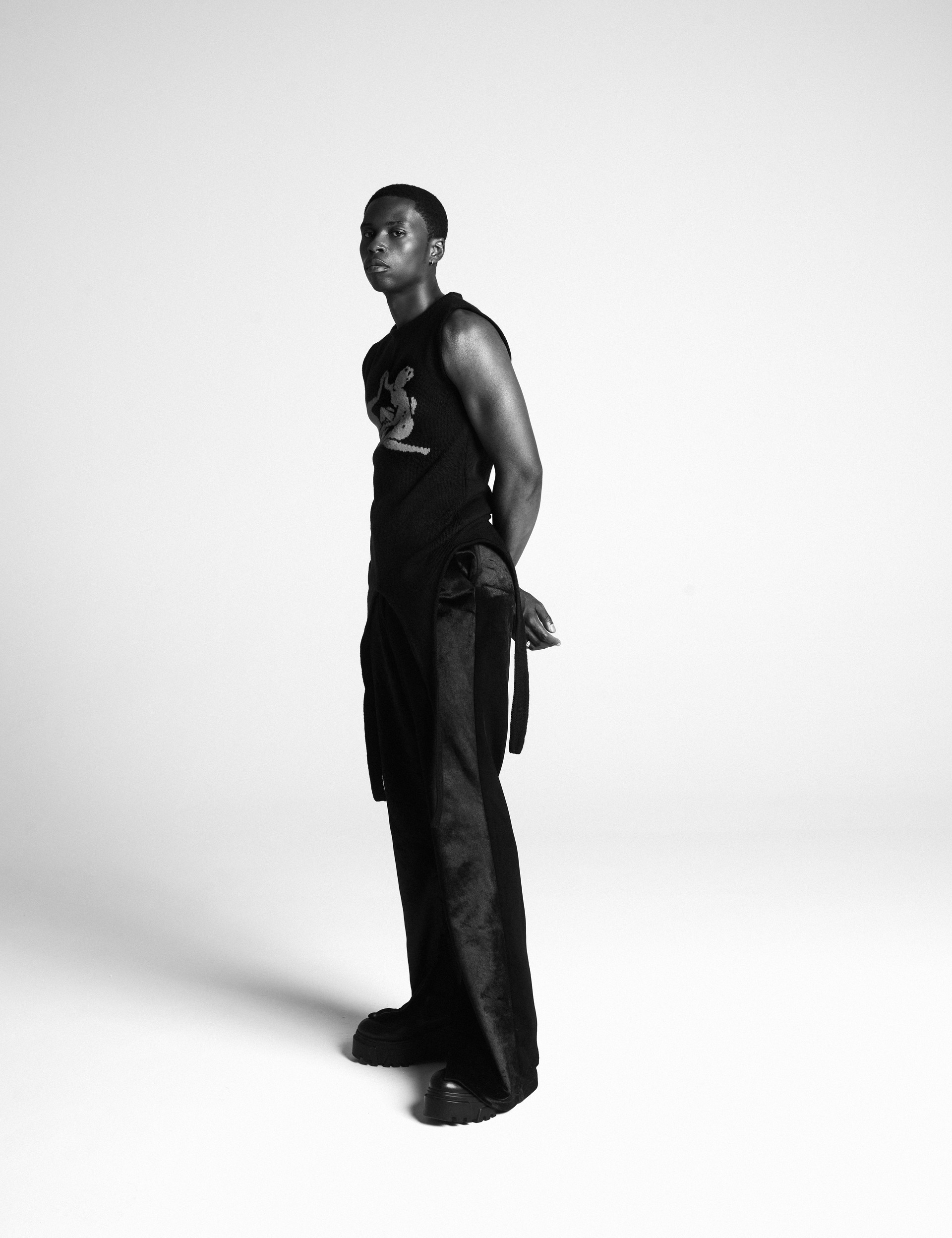
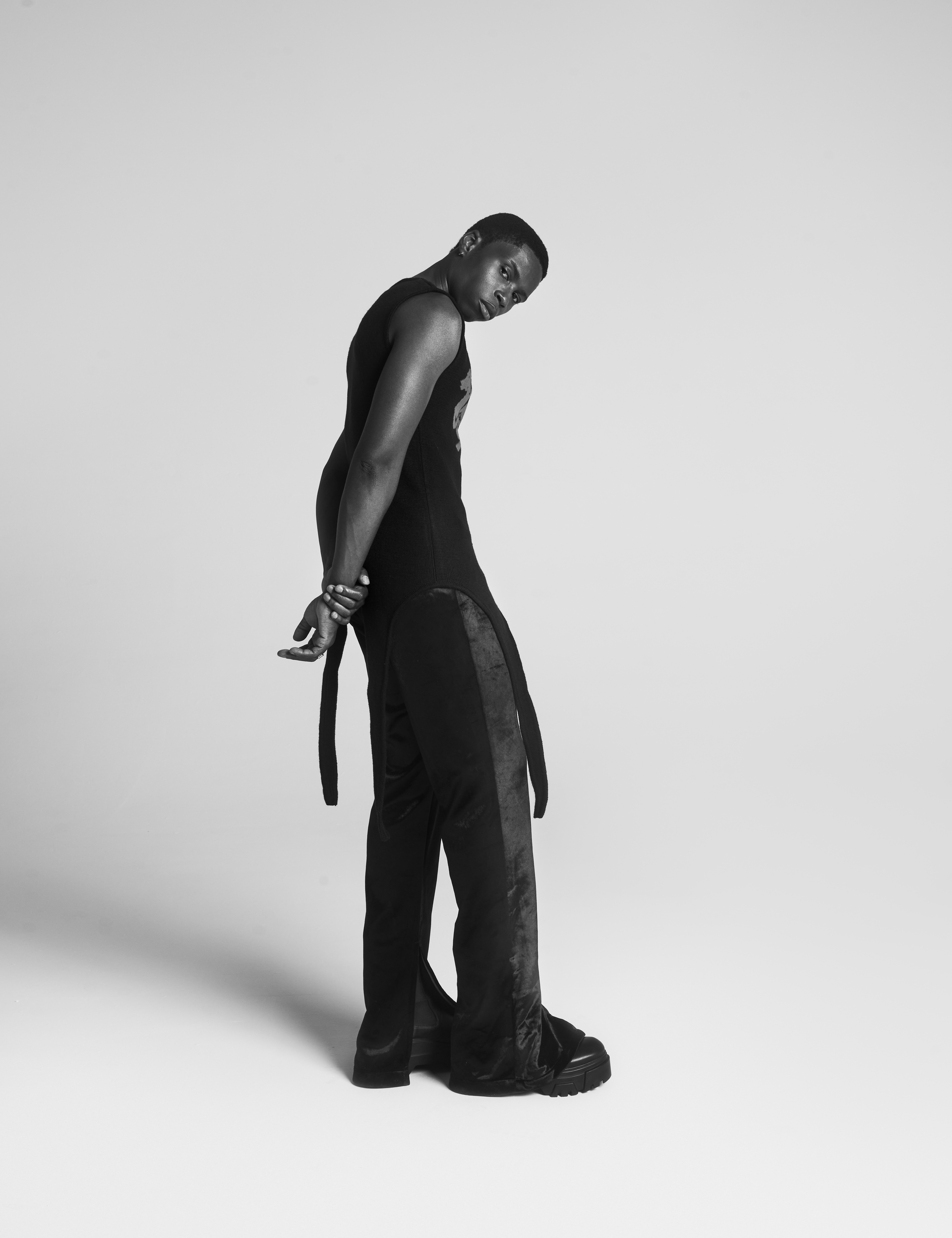

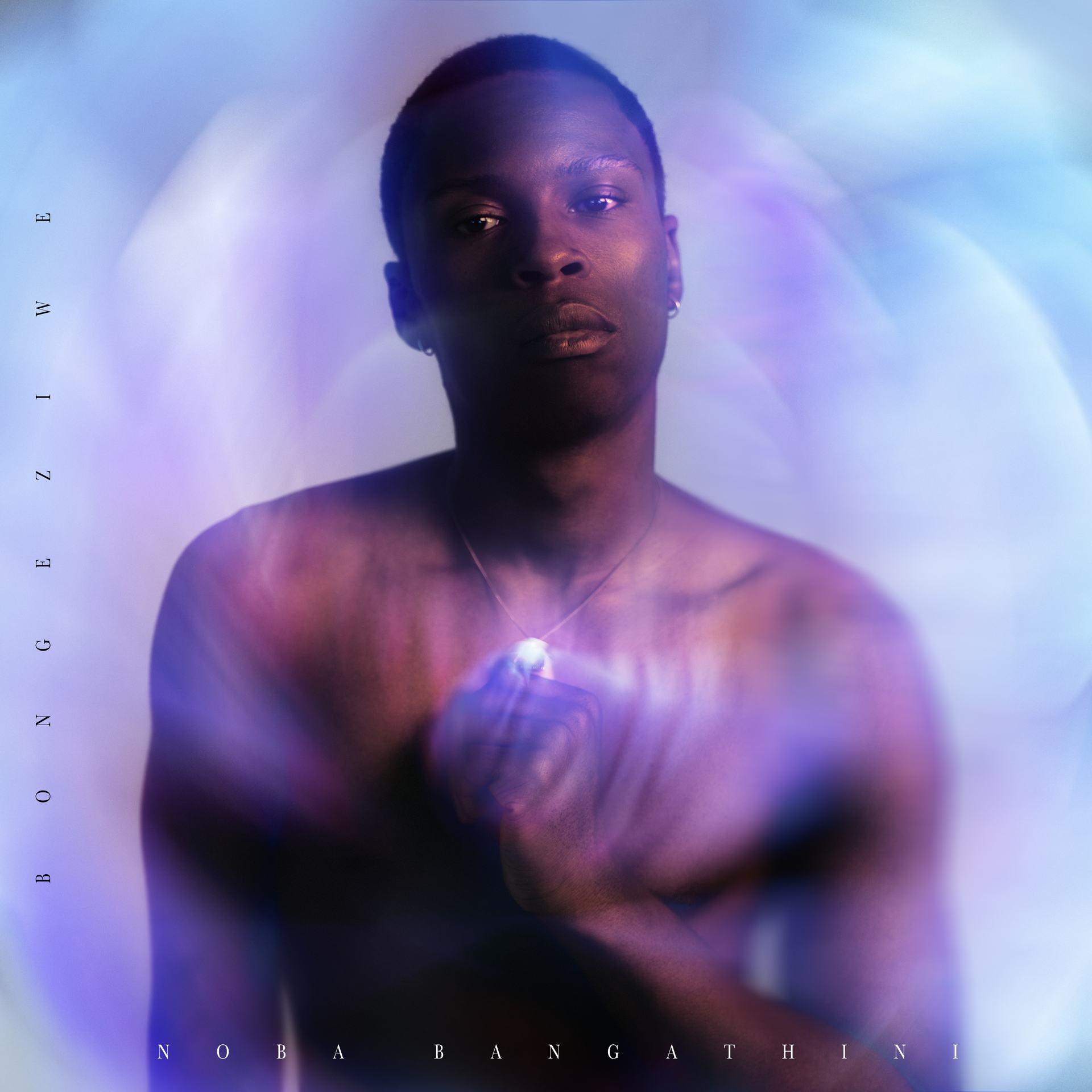
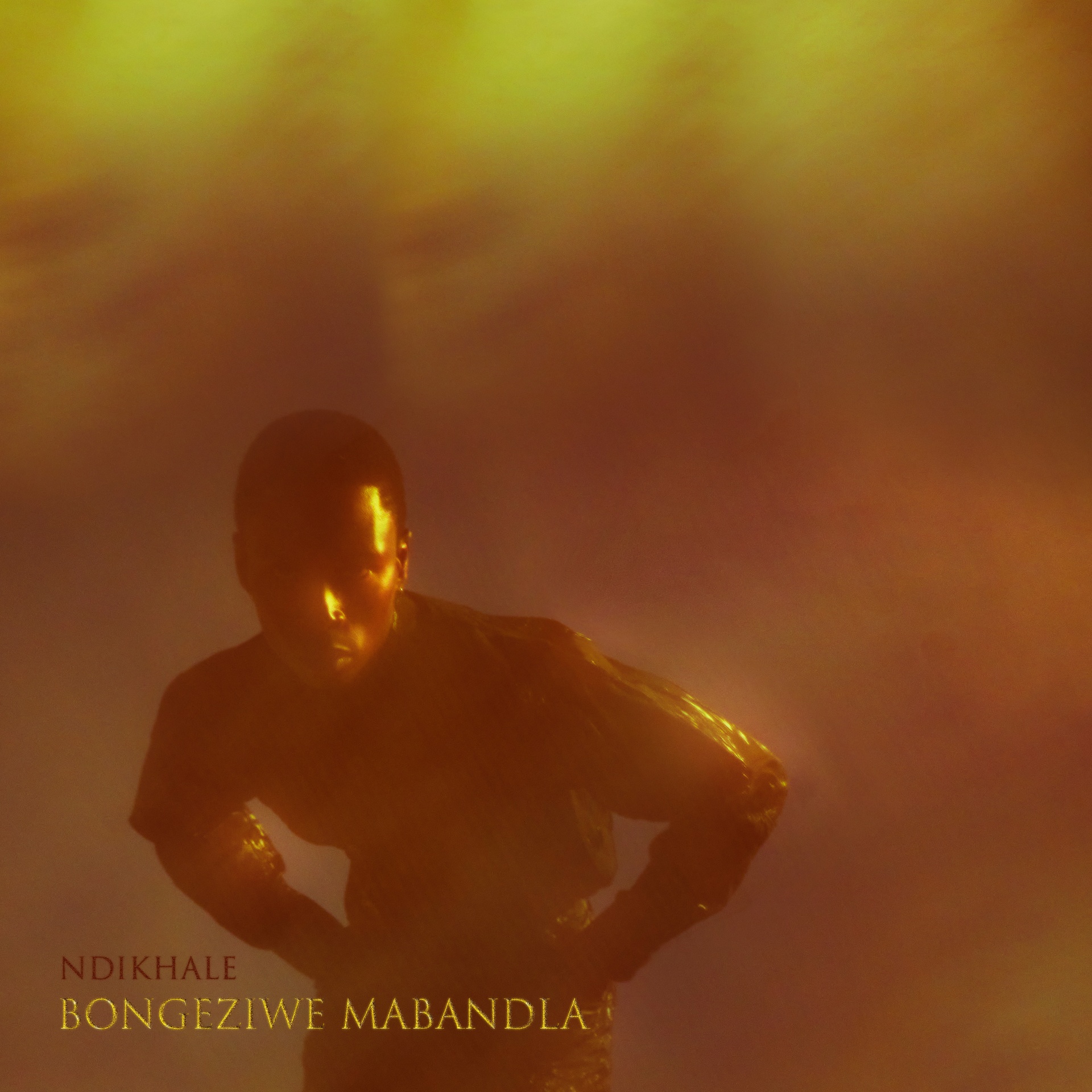
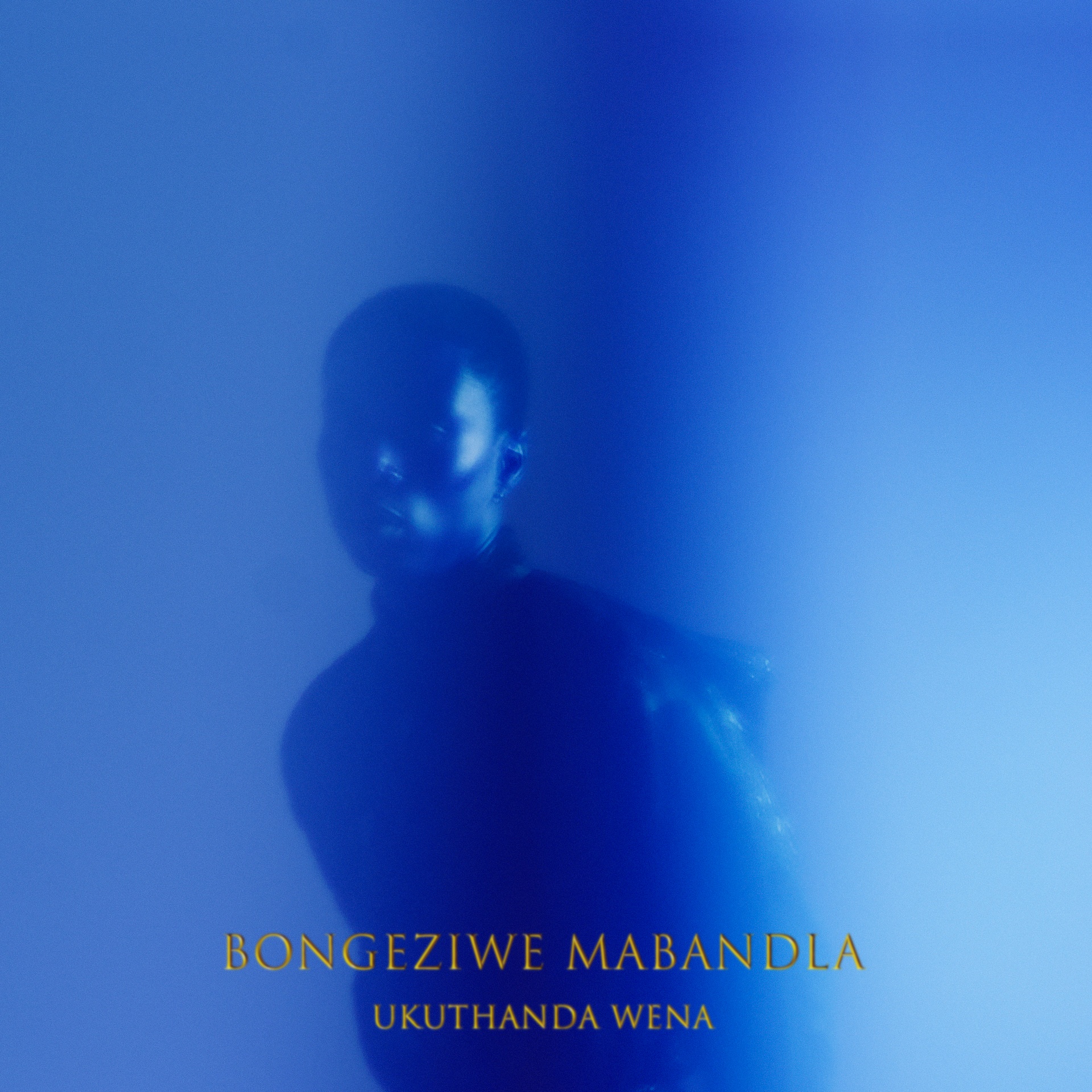




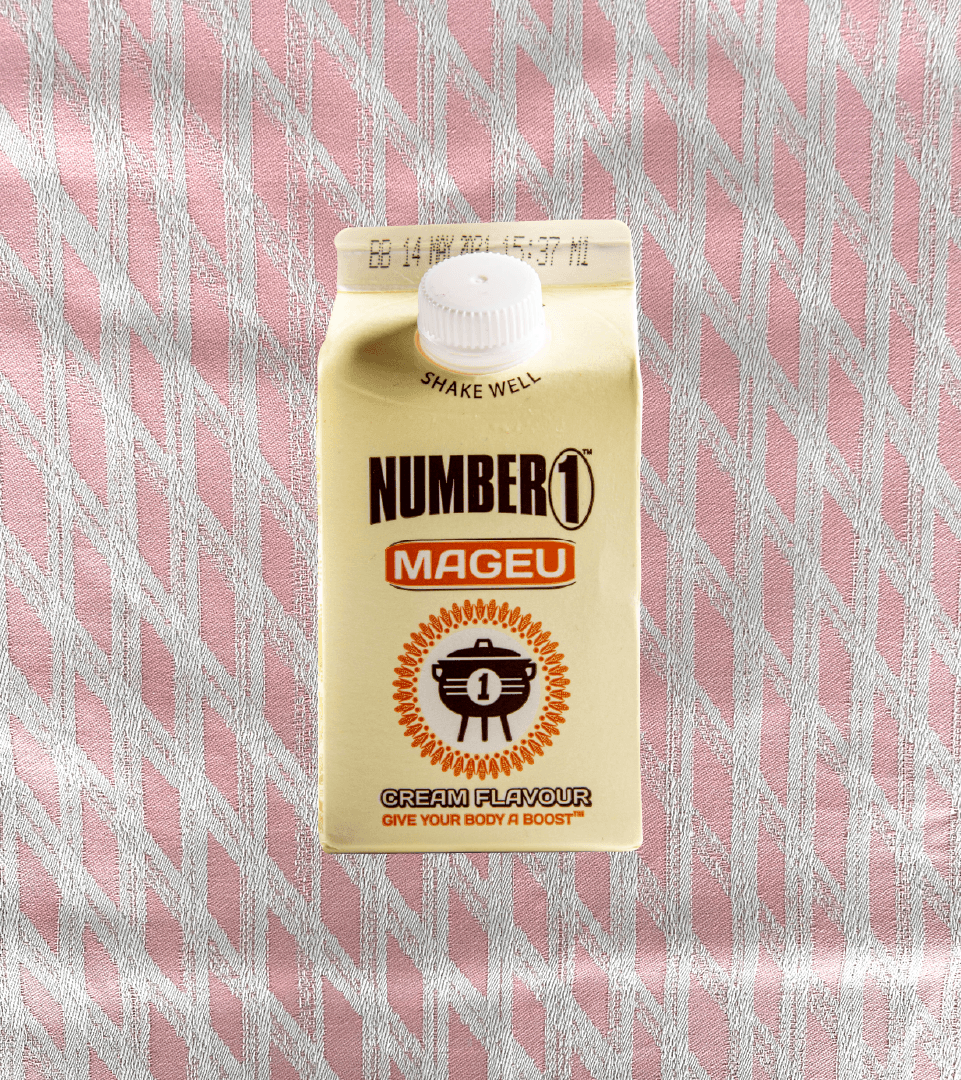




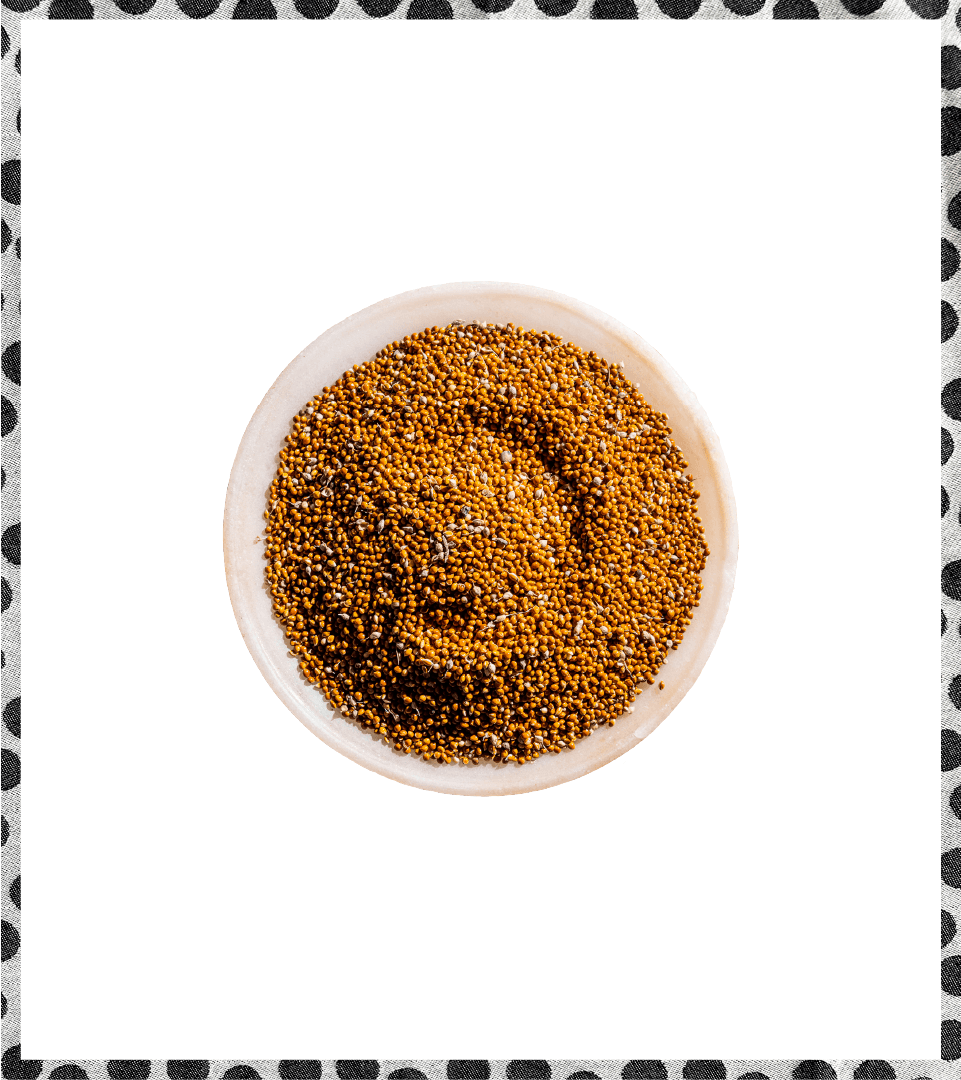


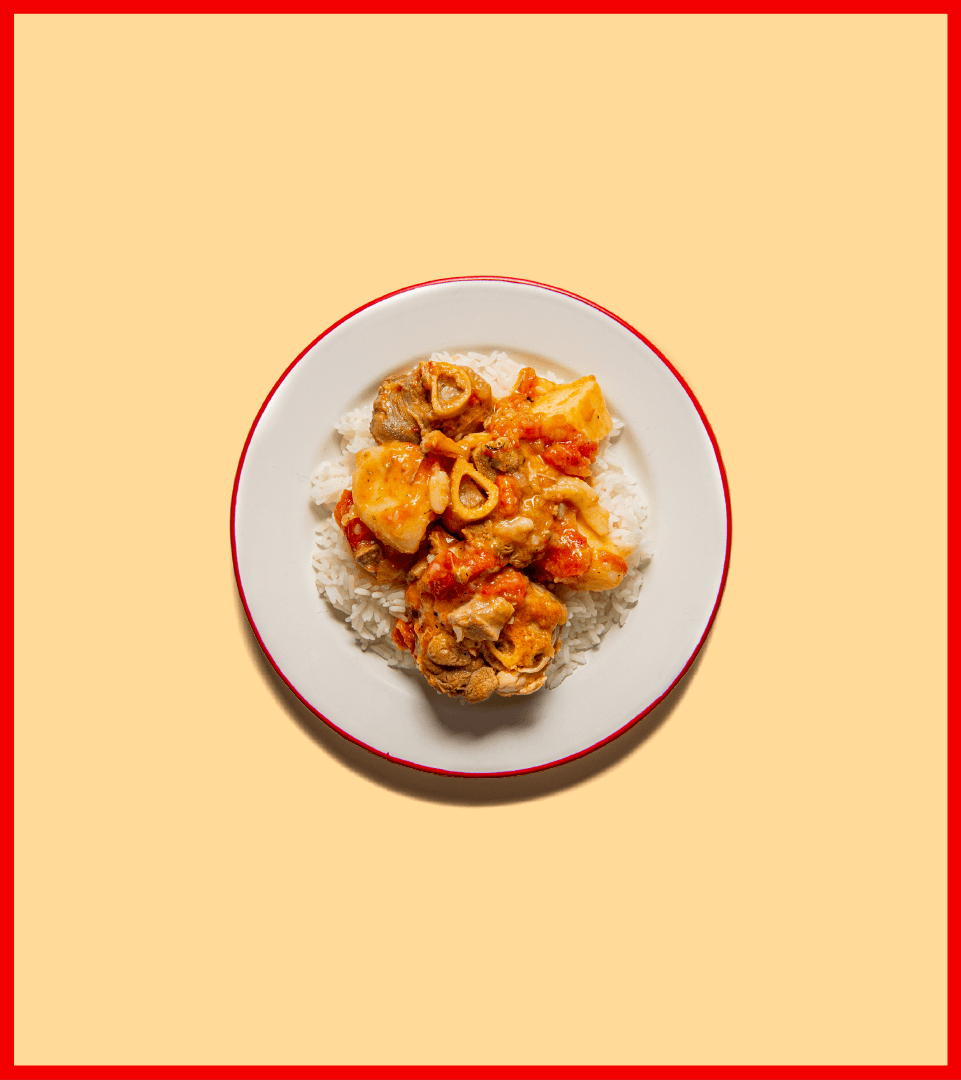
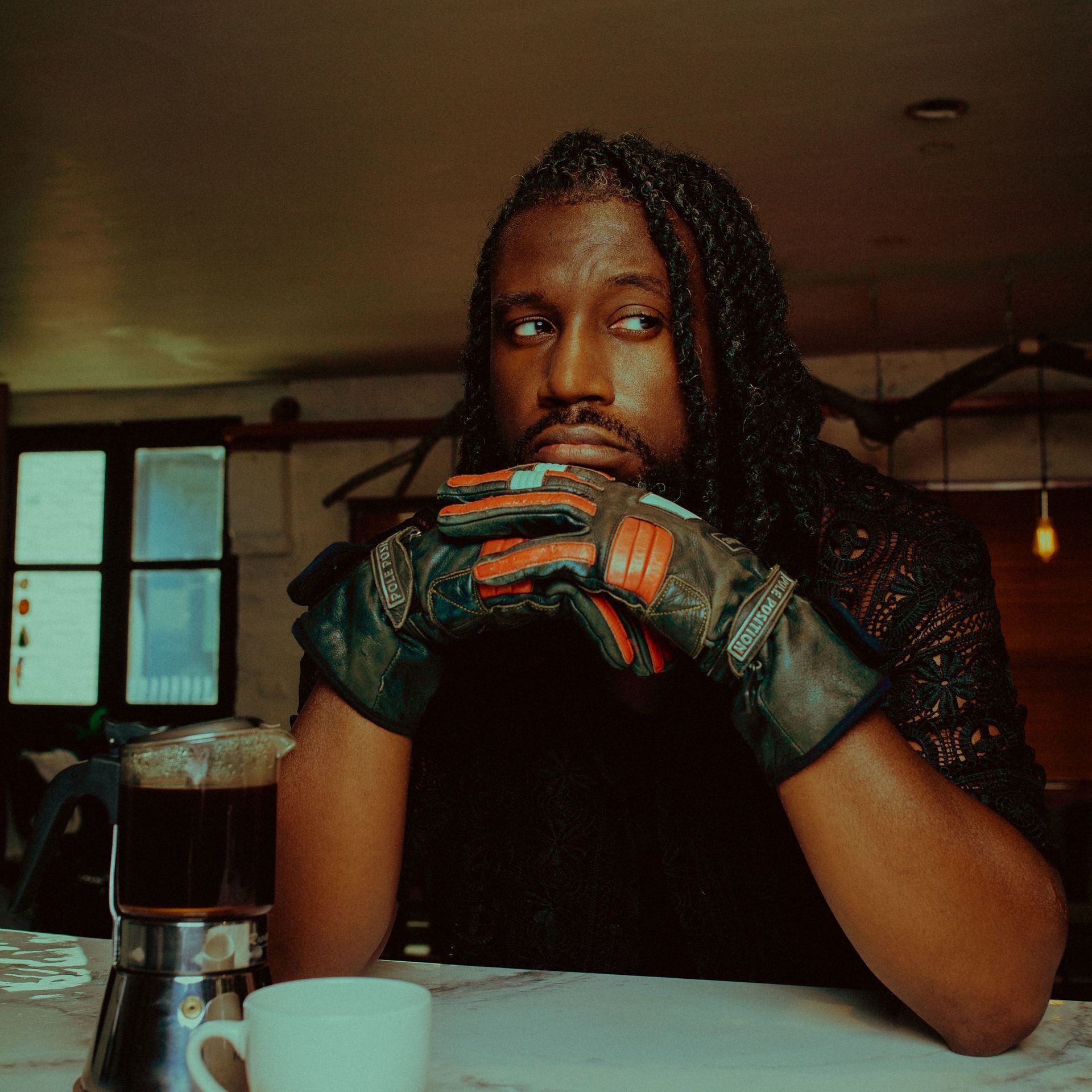

Recent Comments